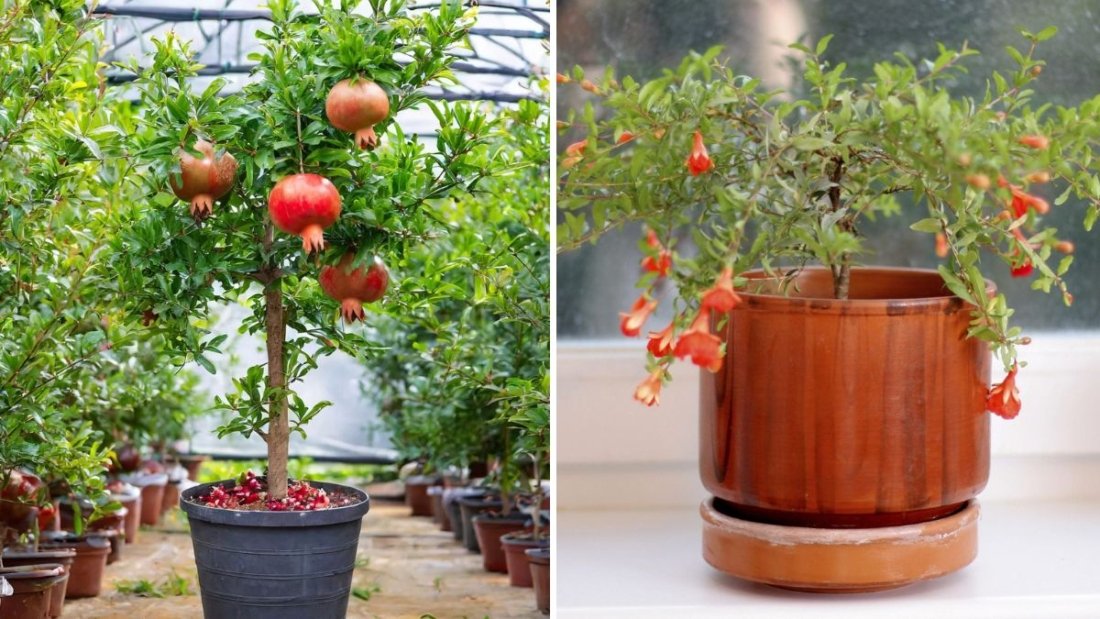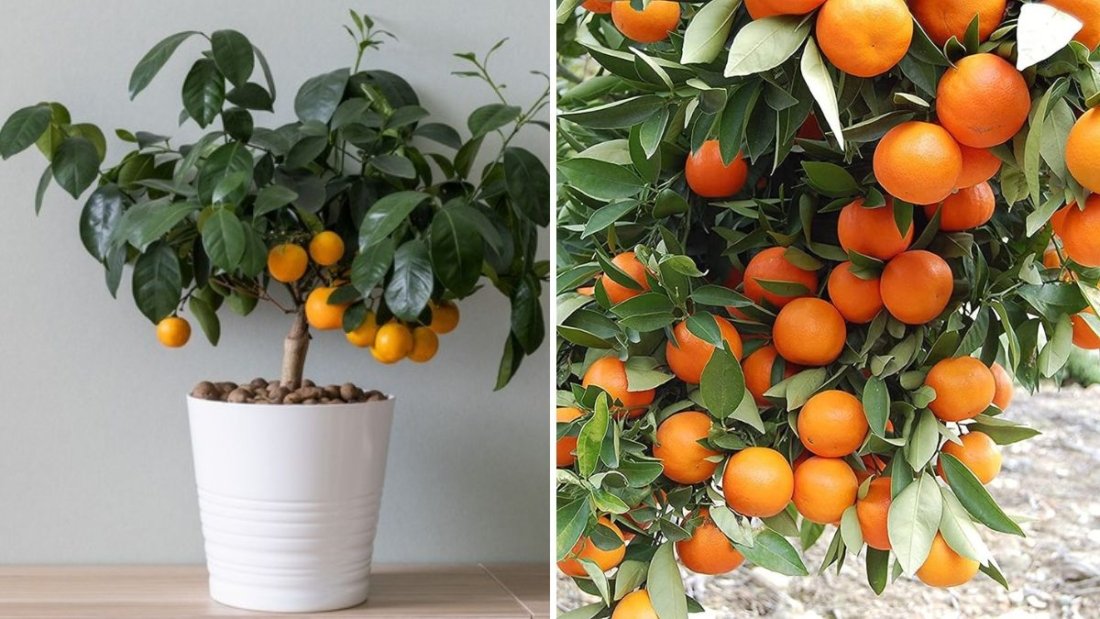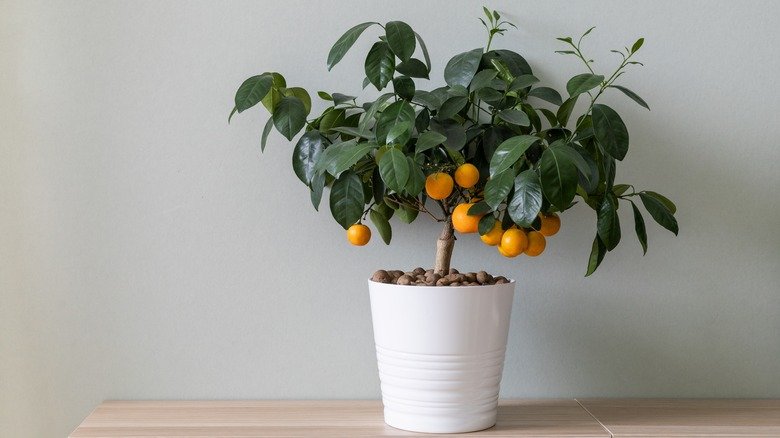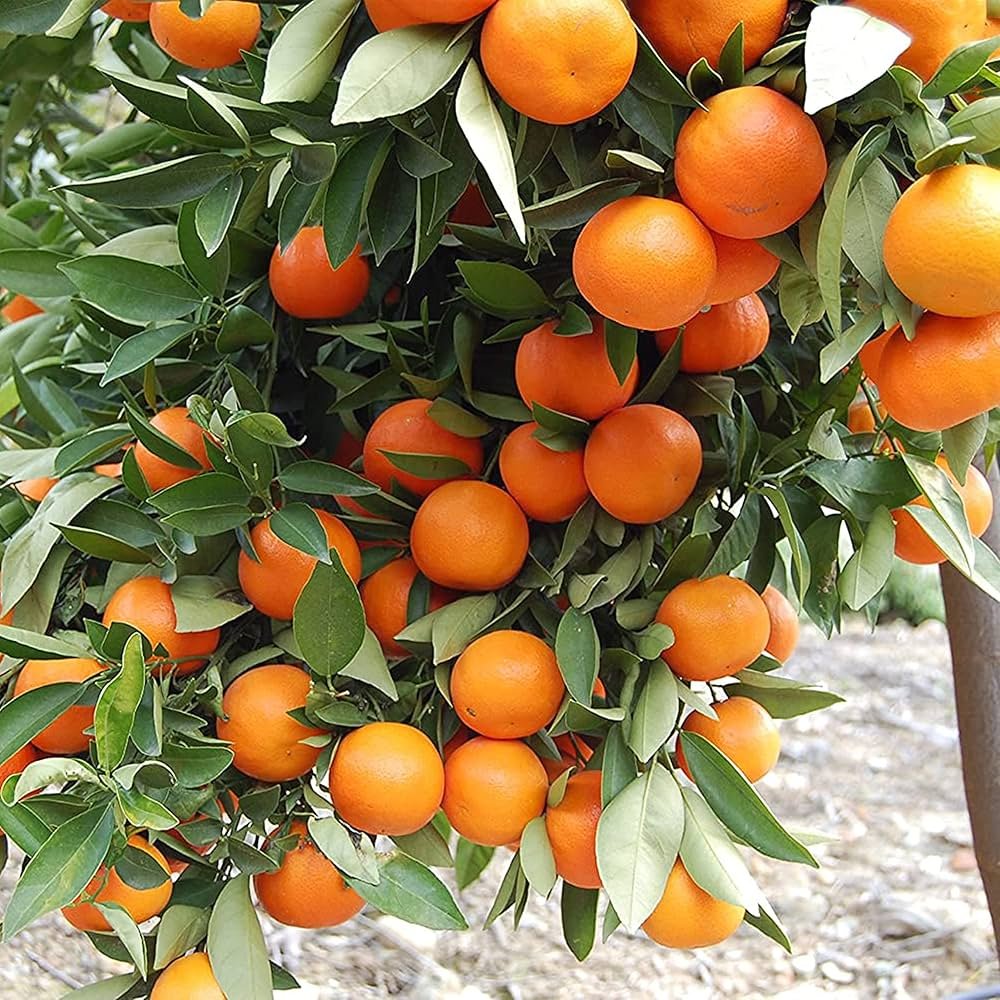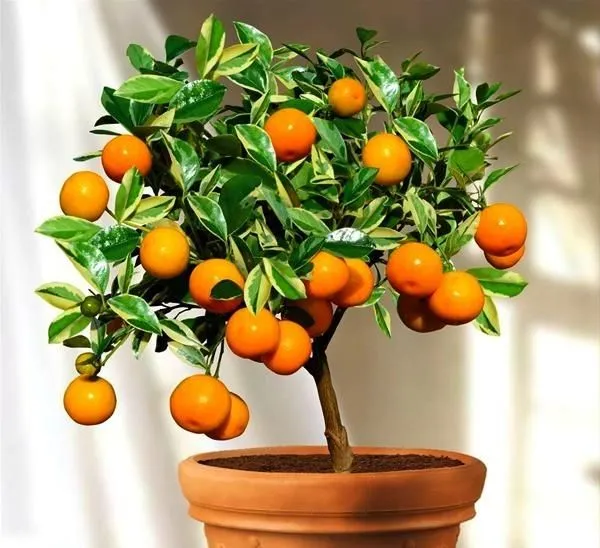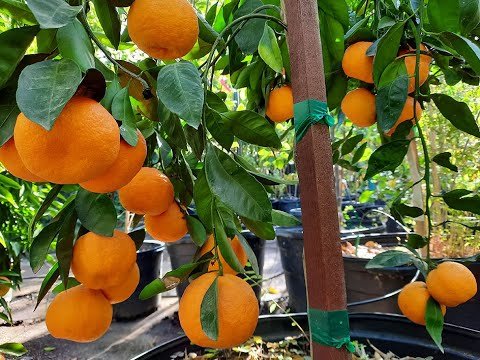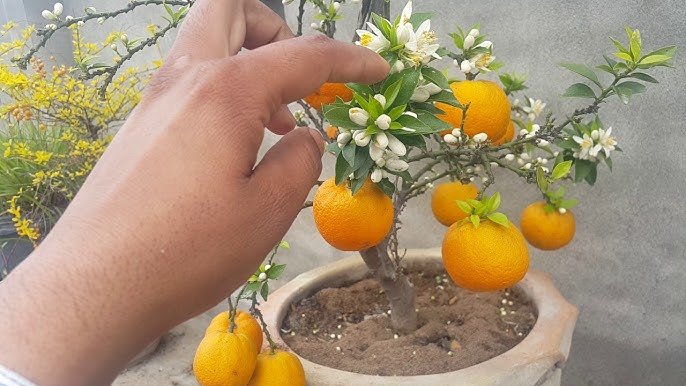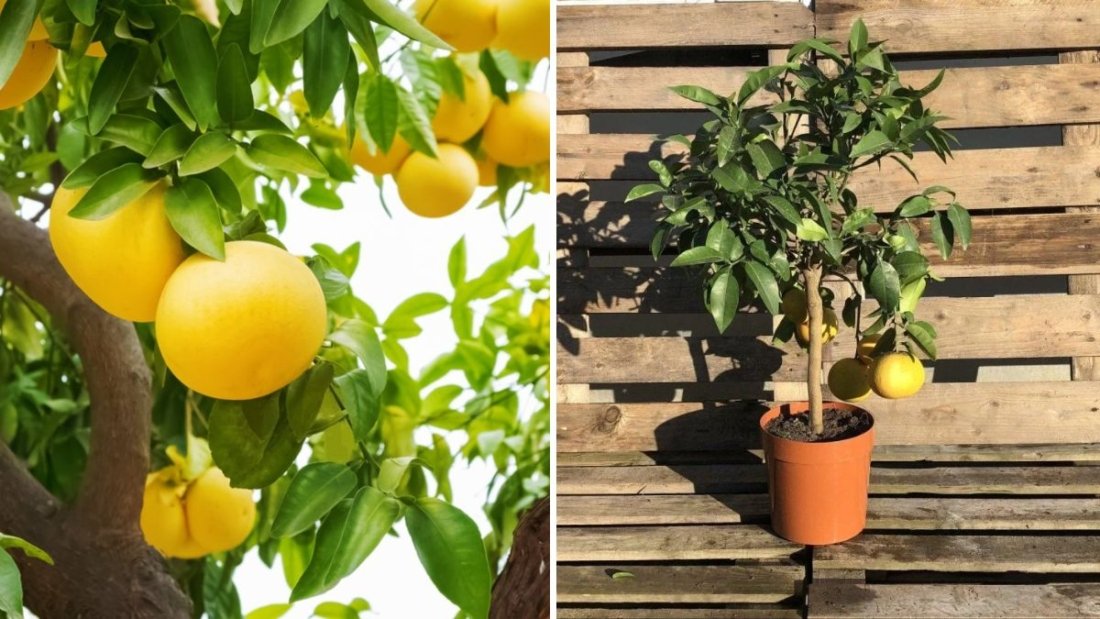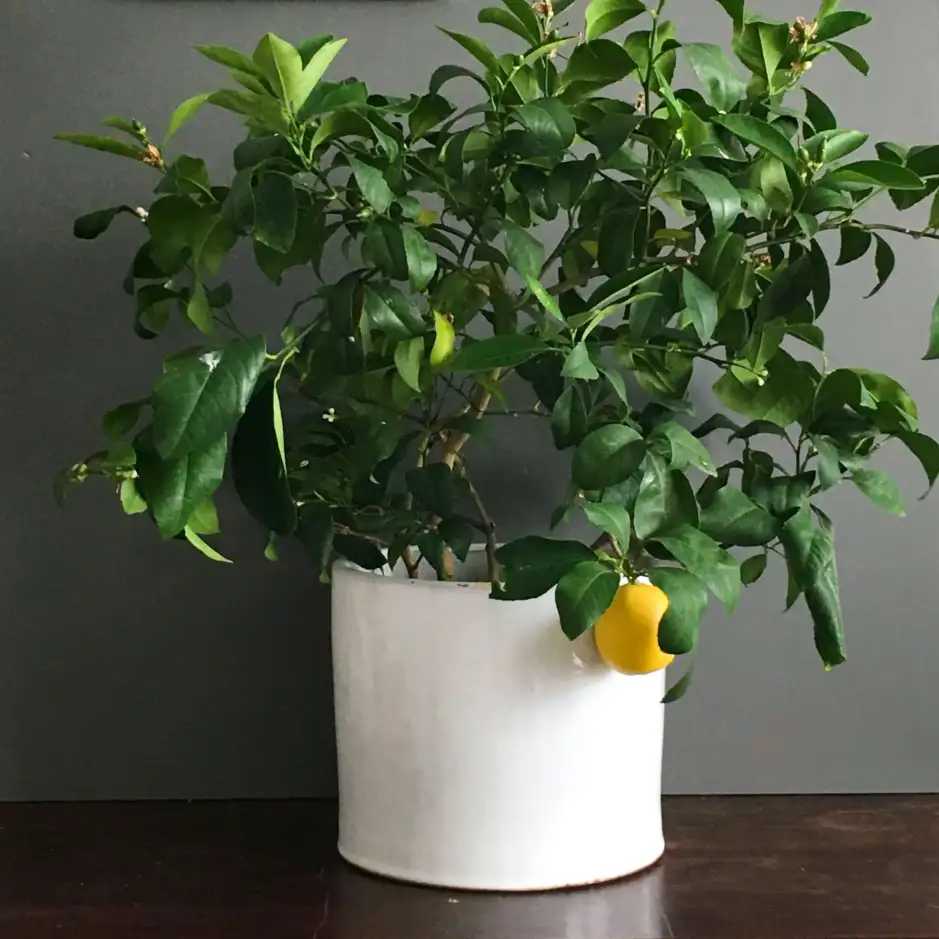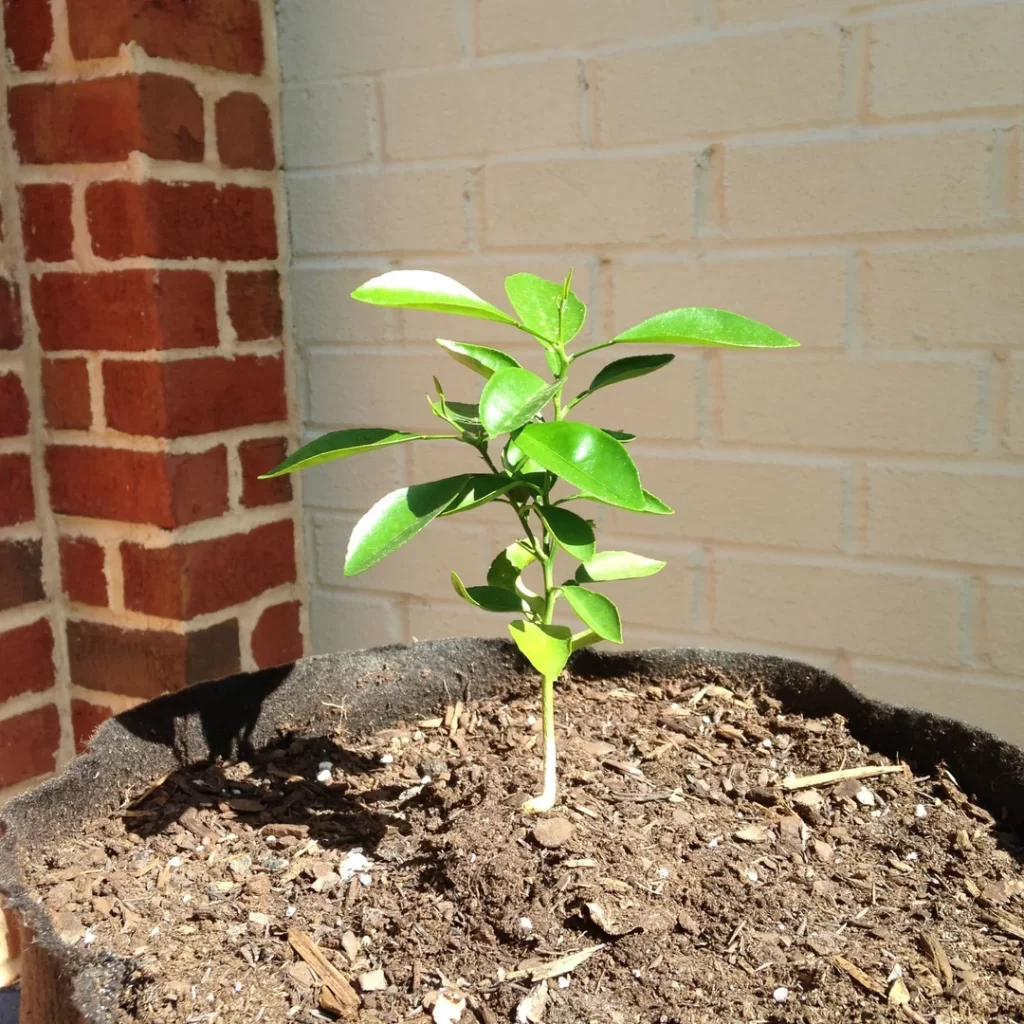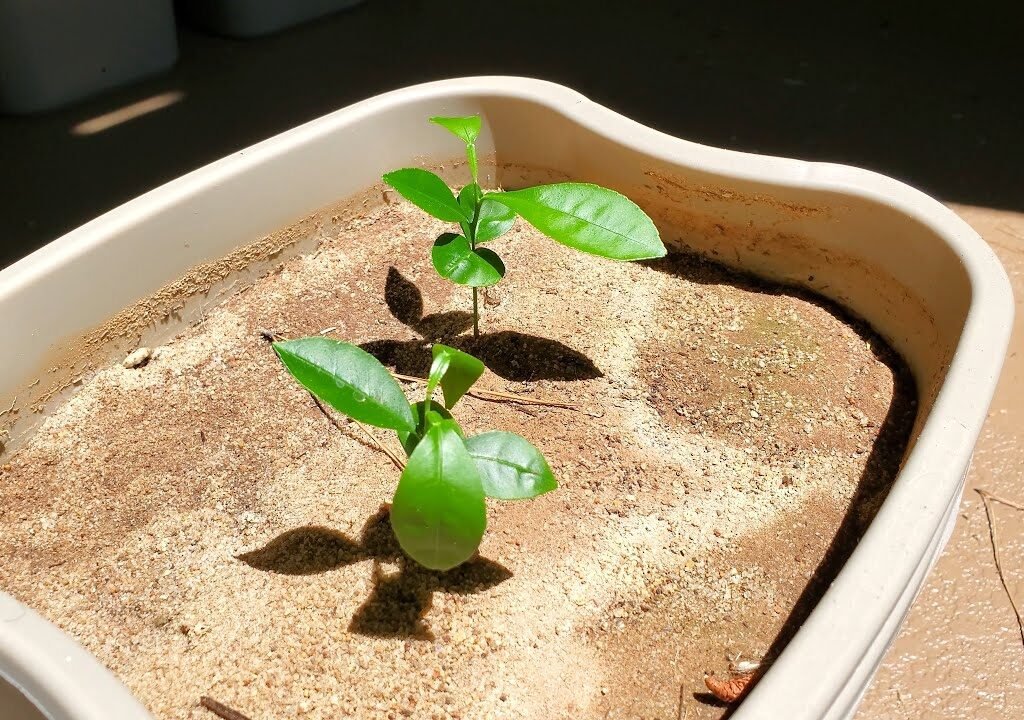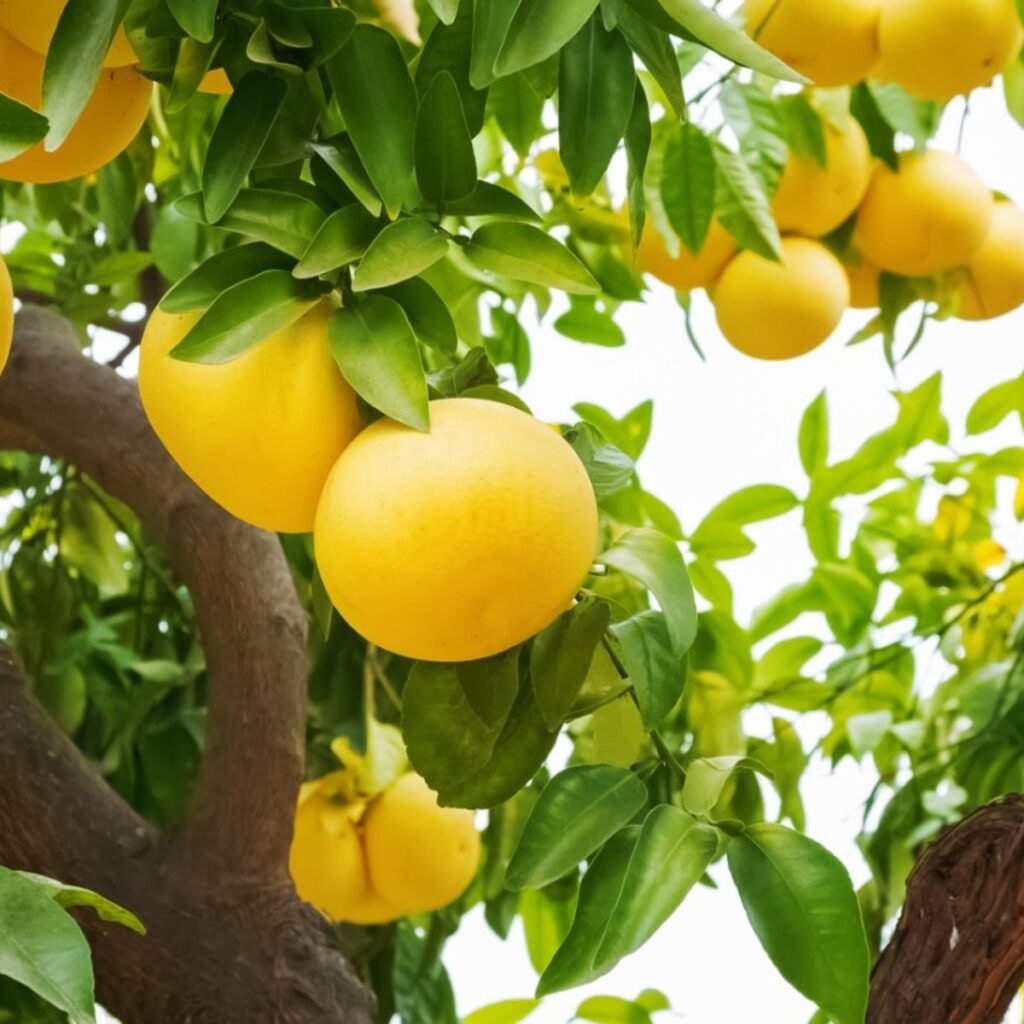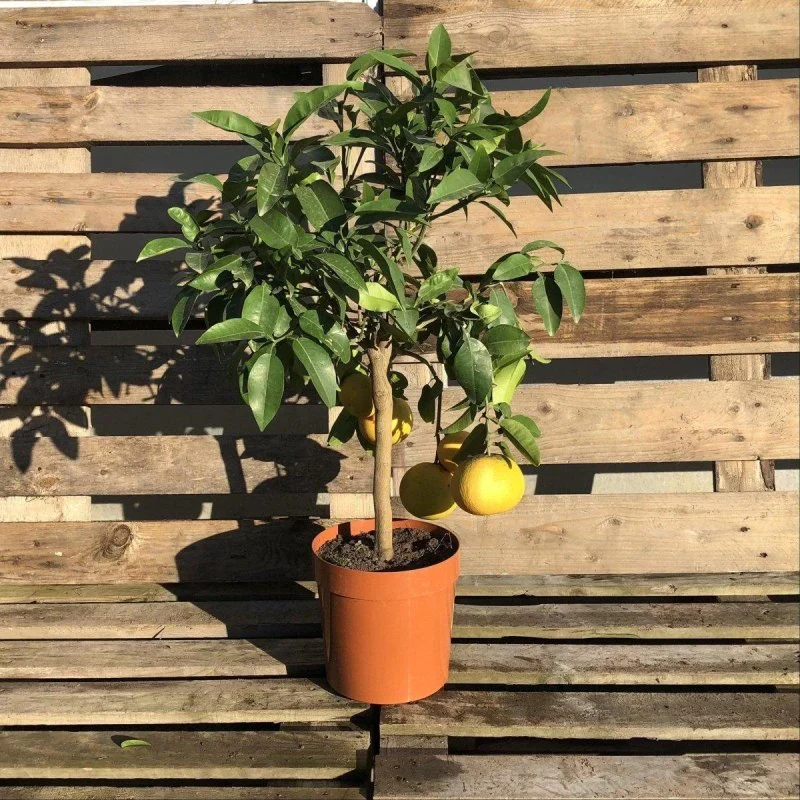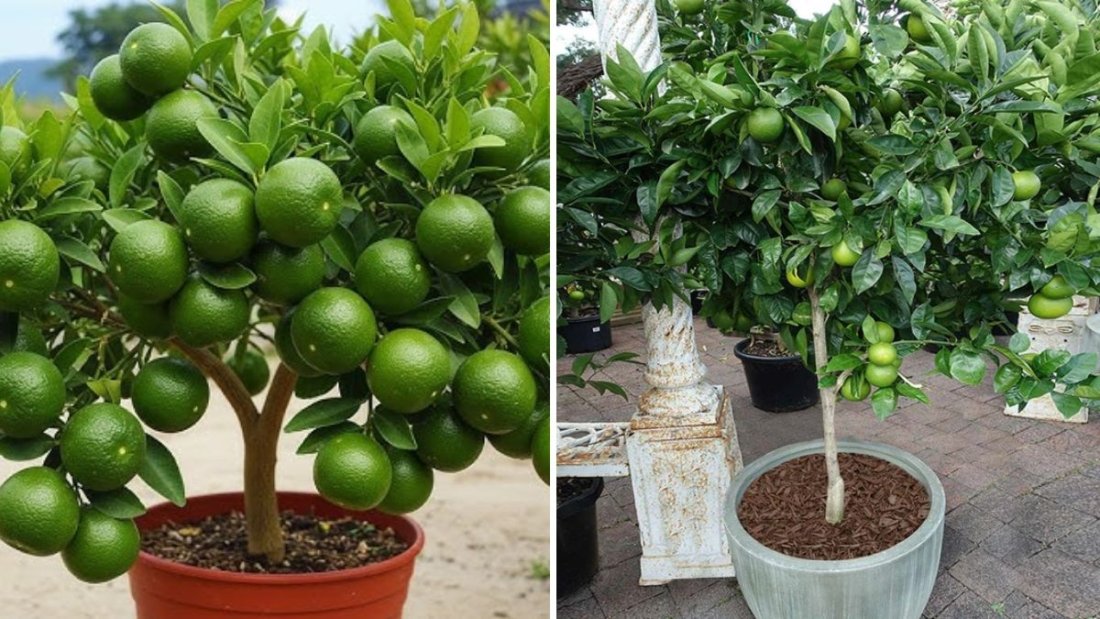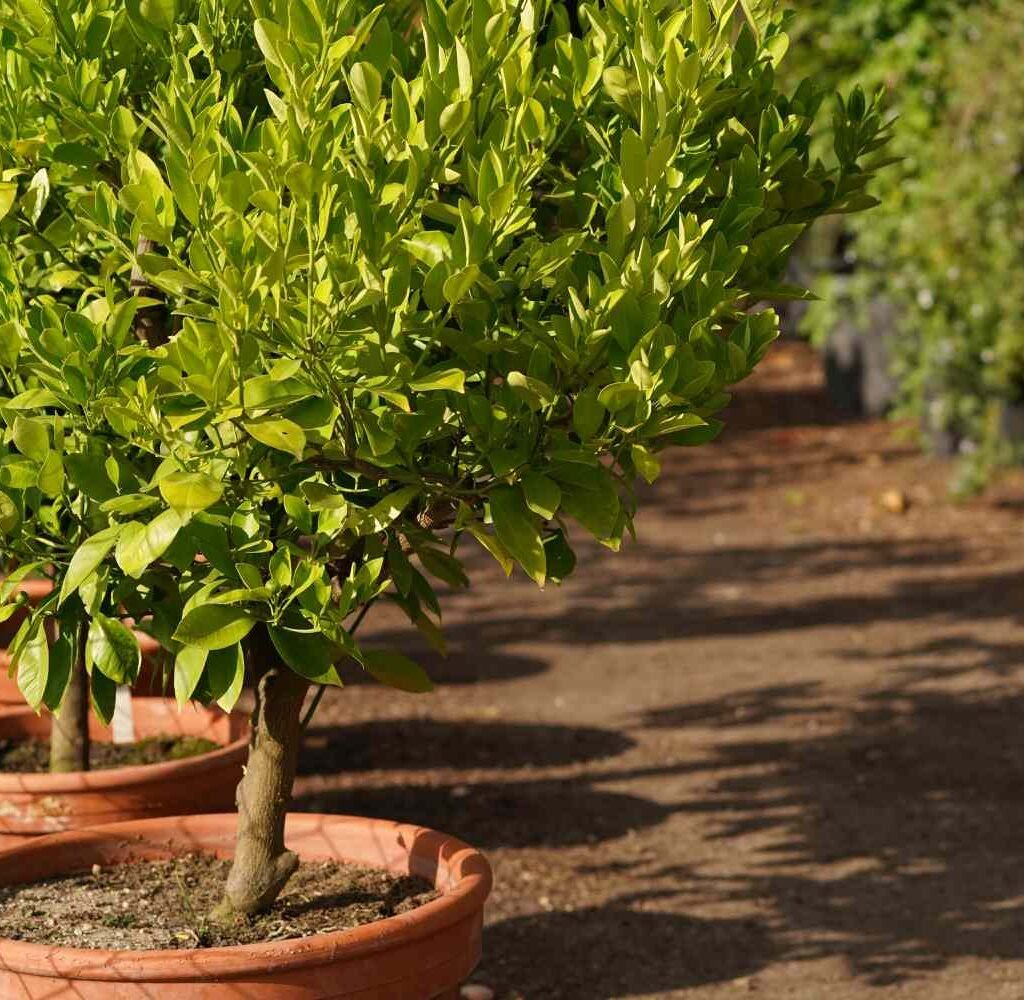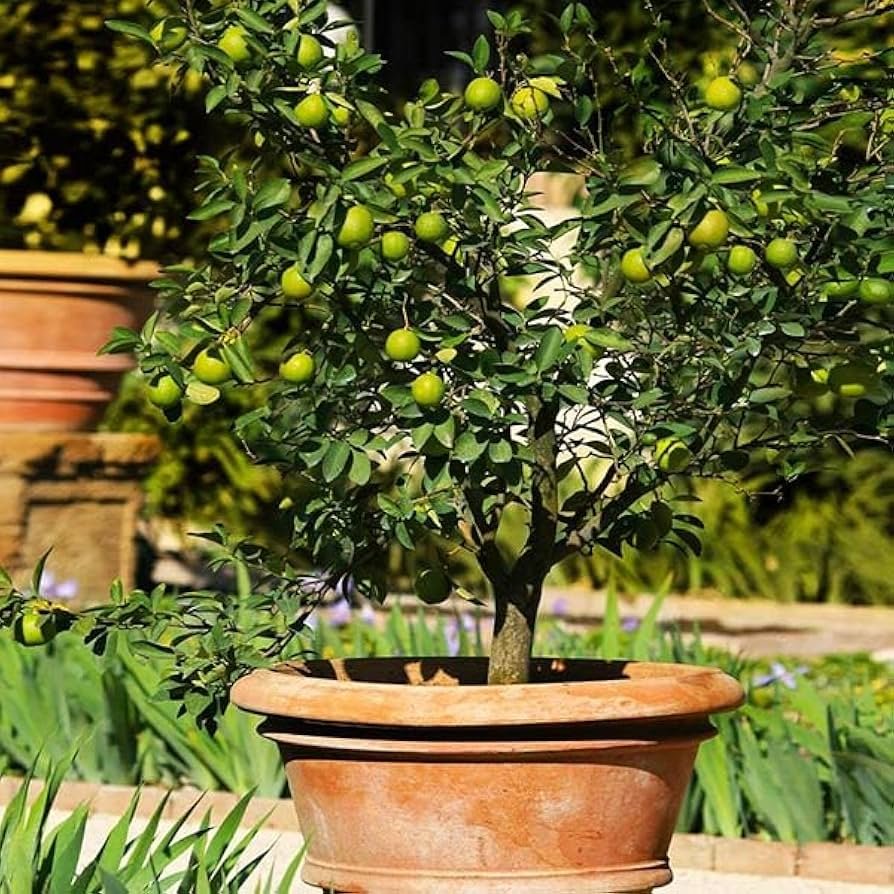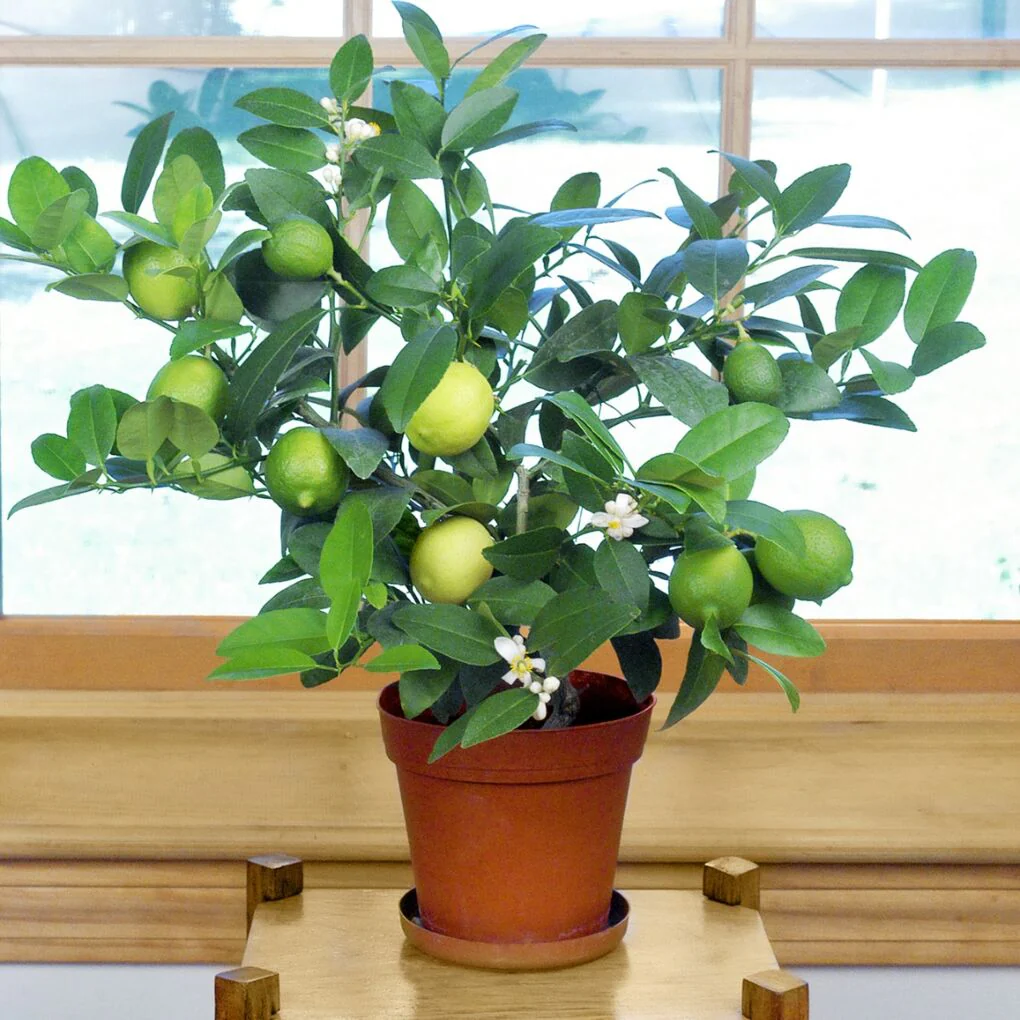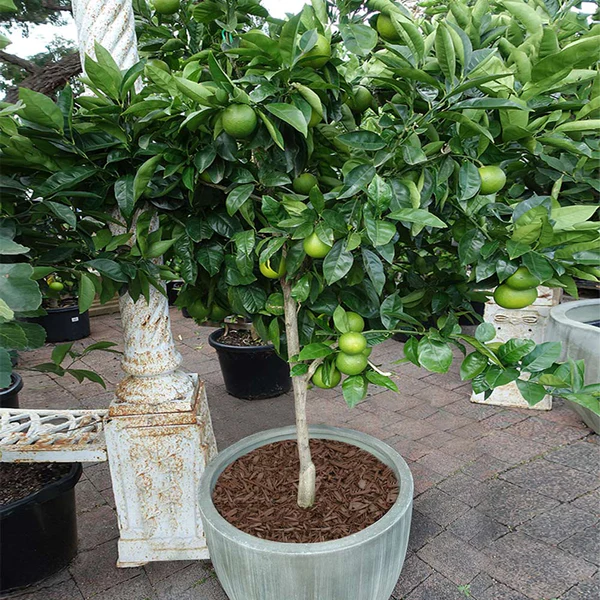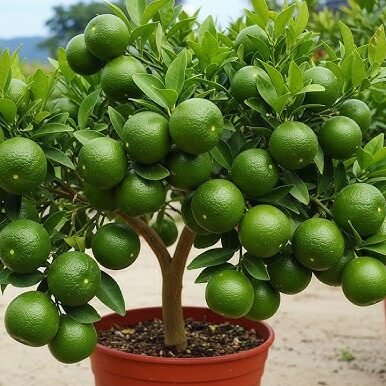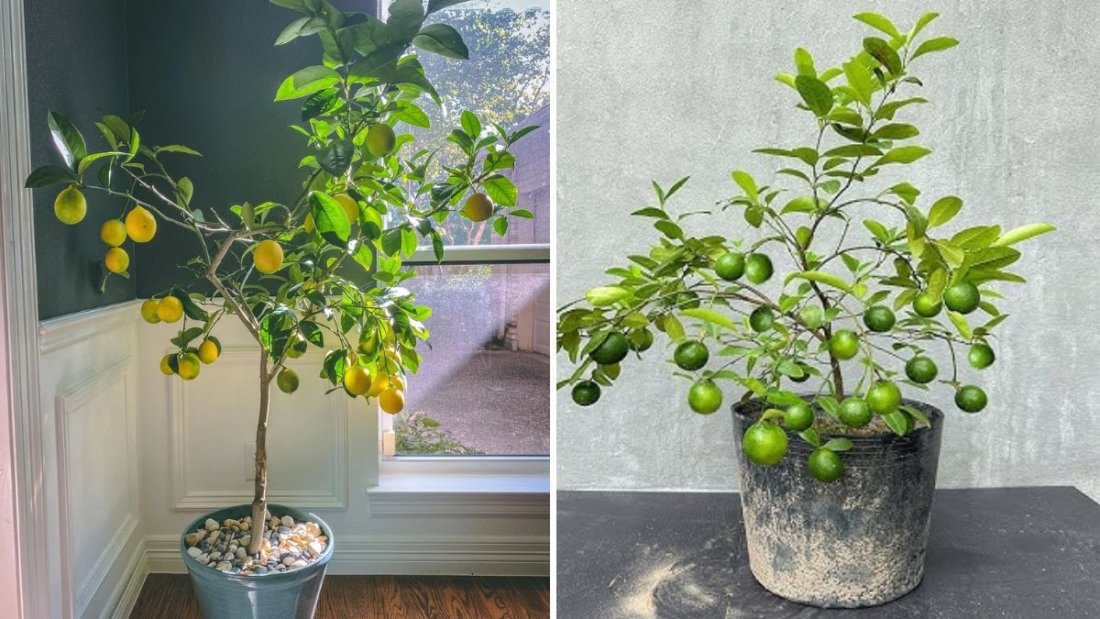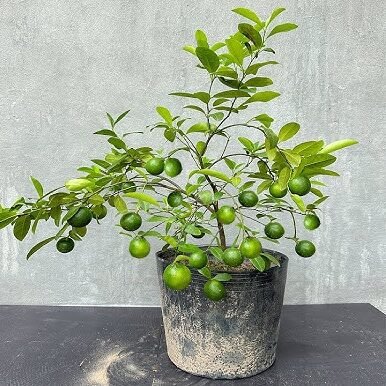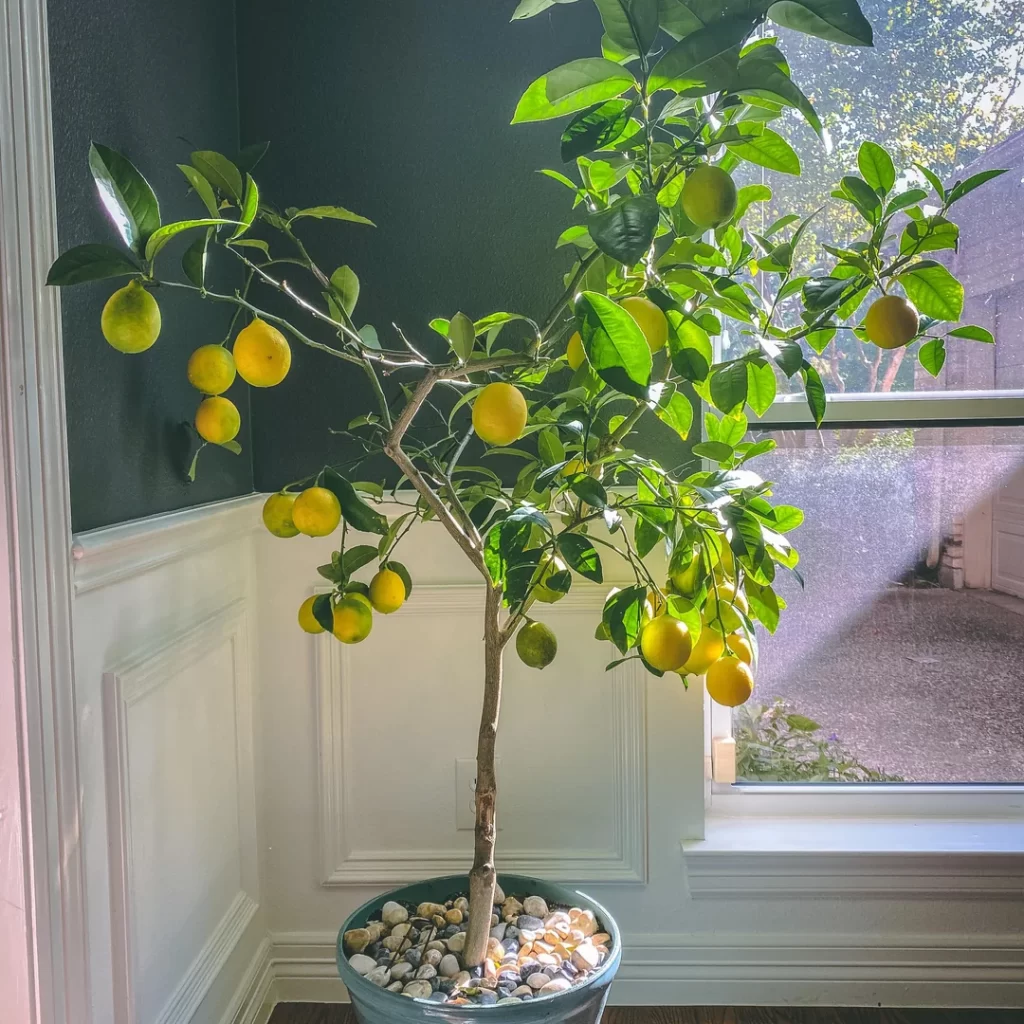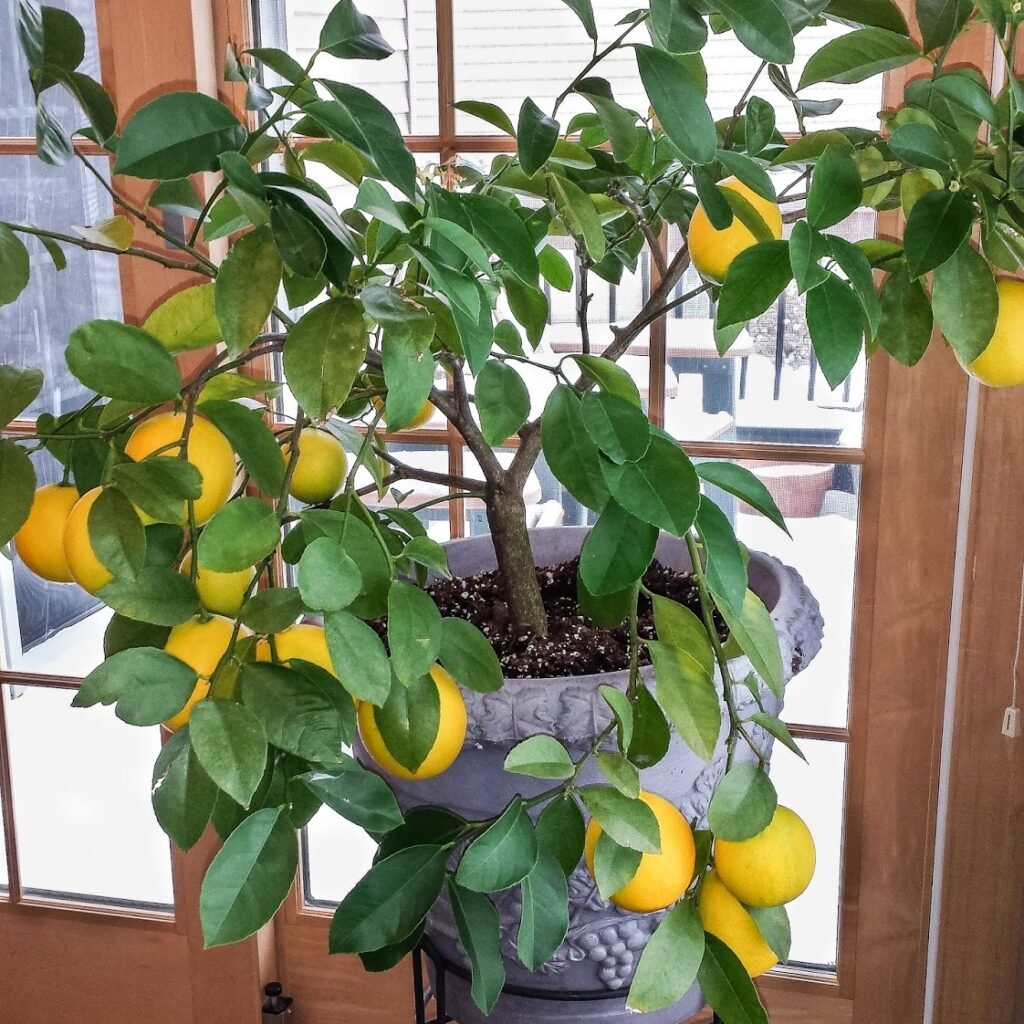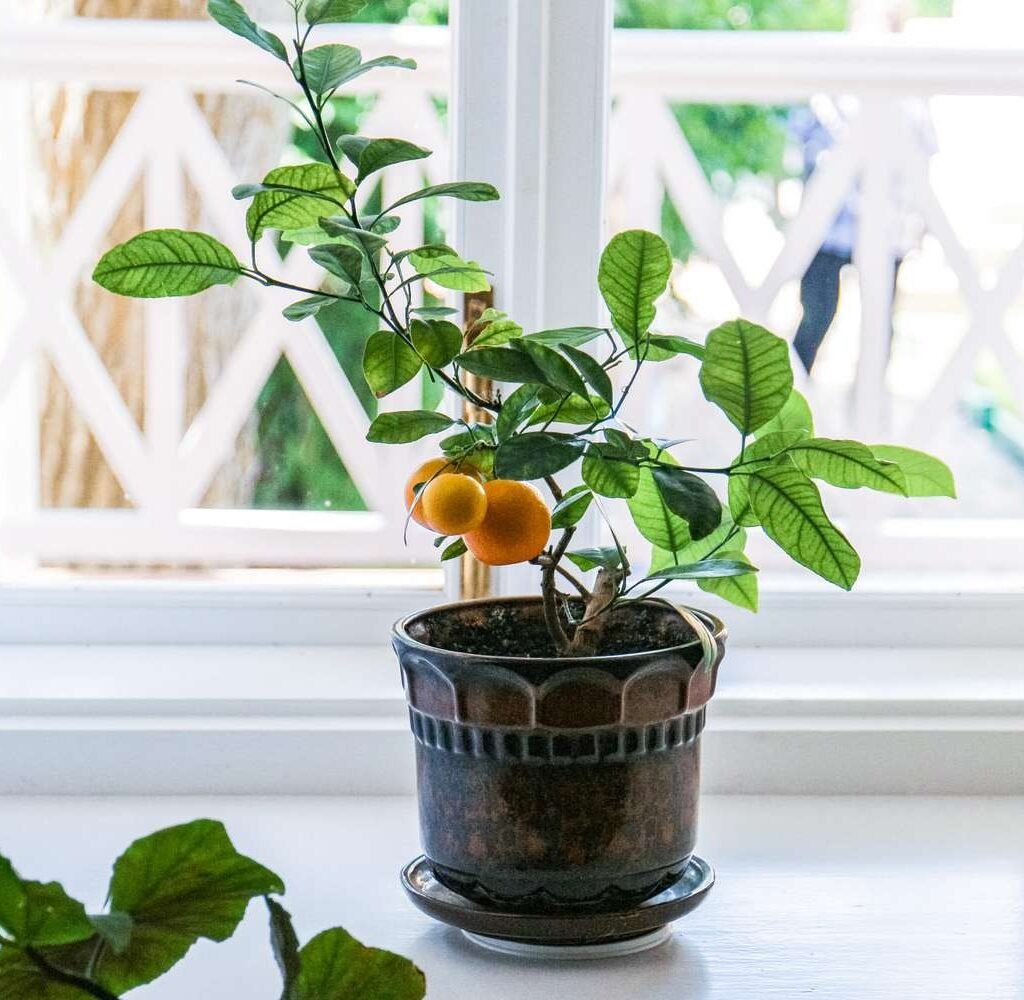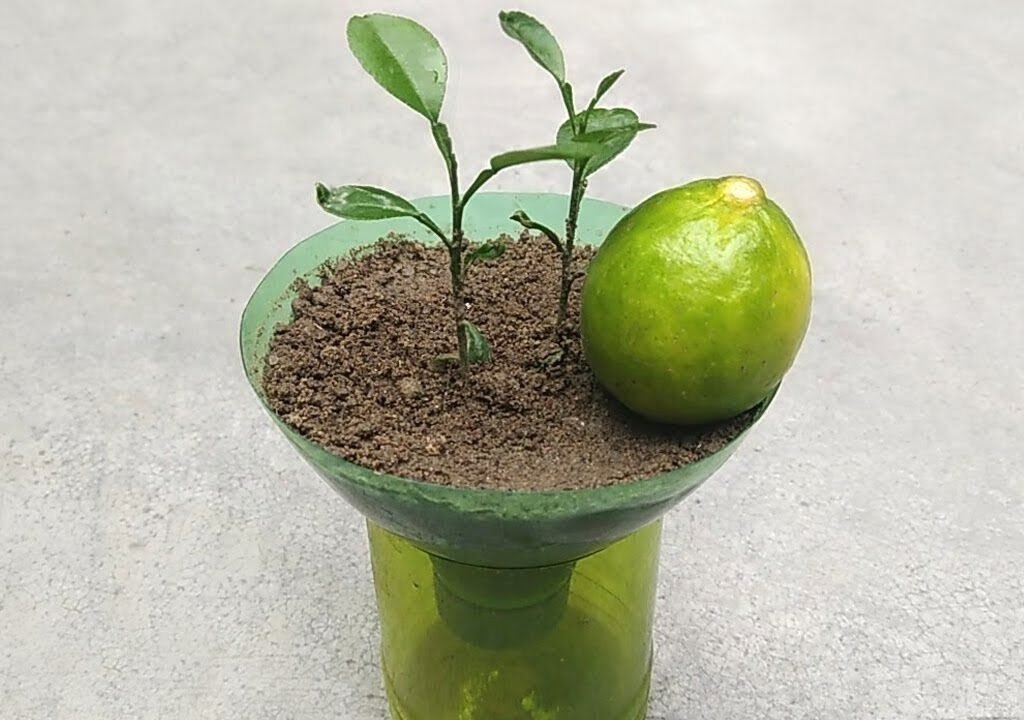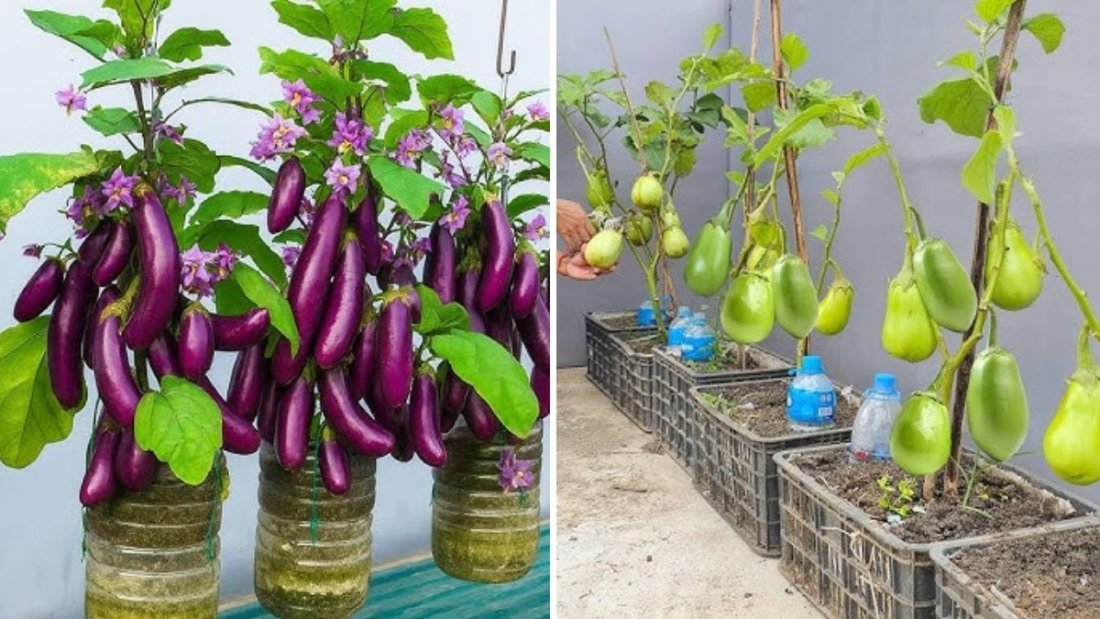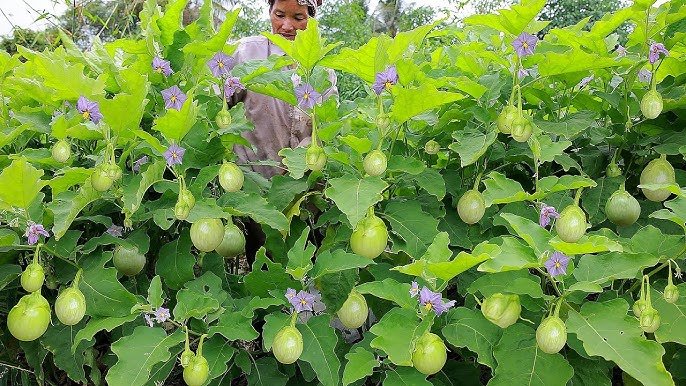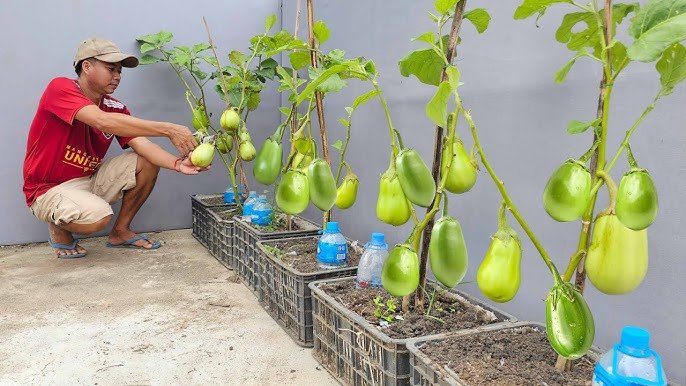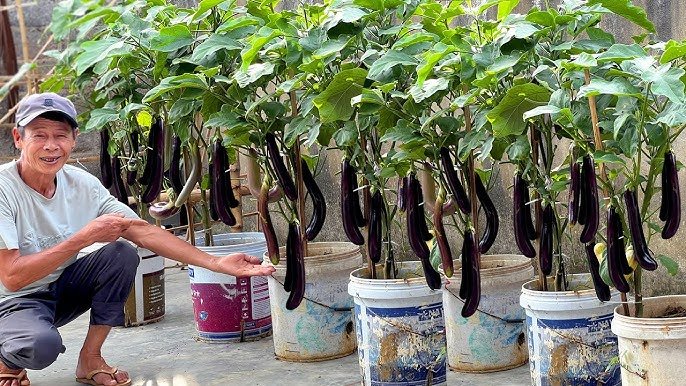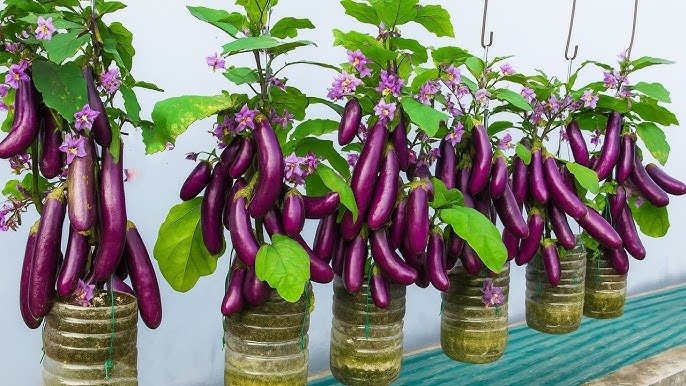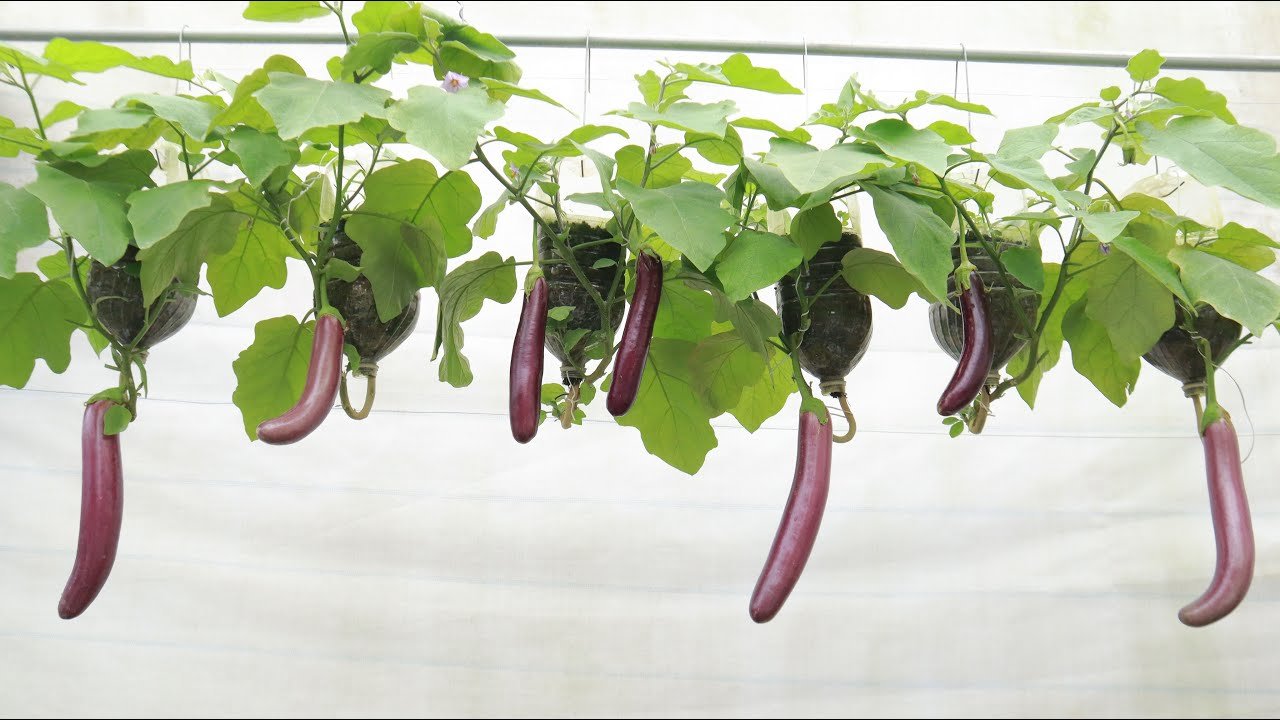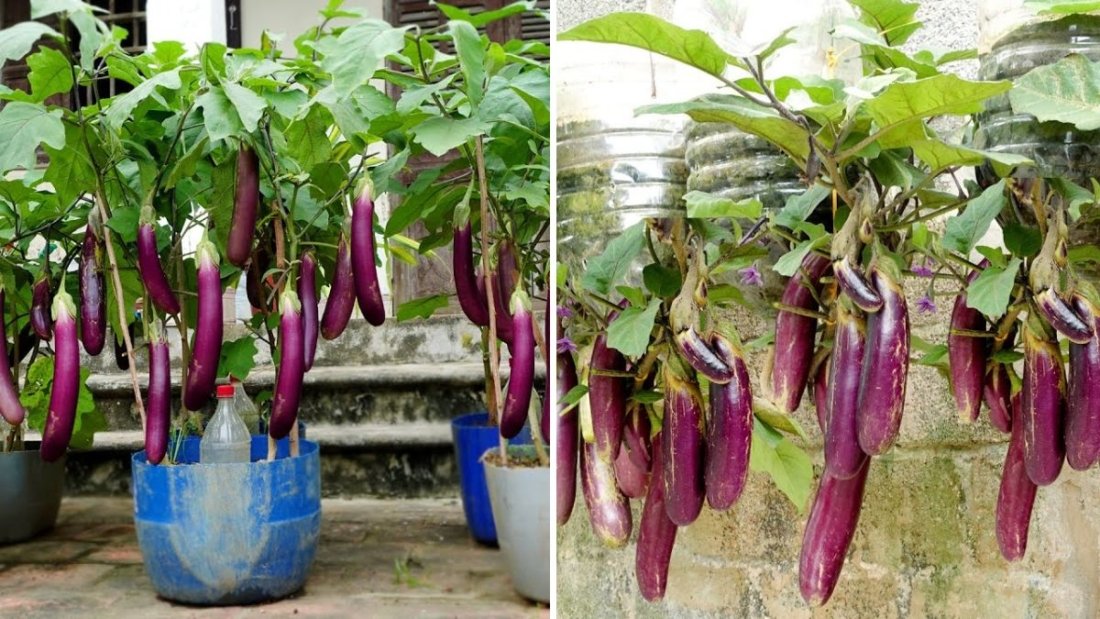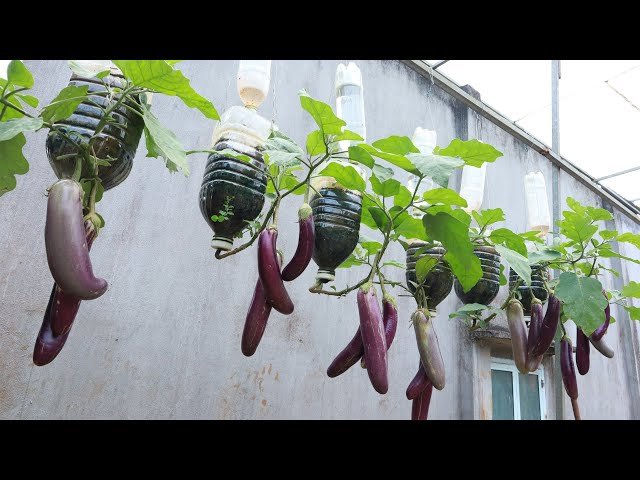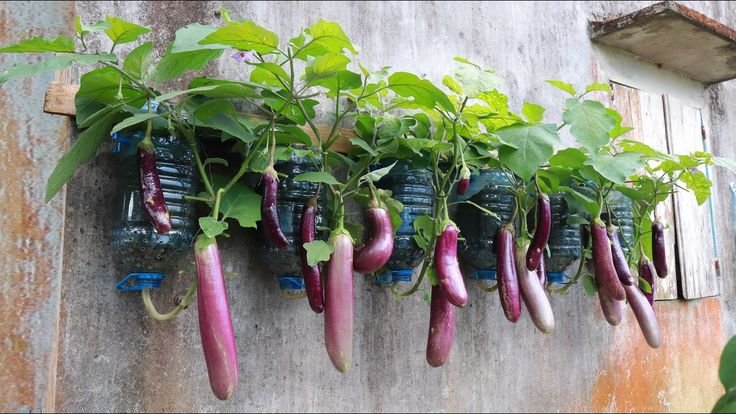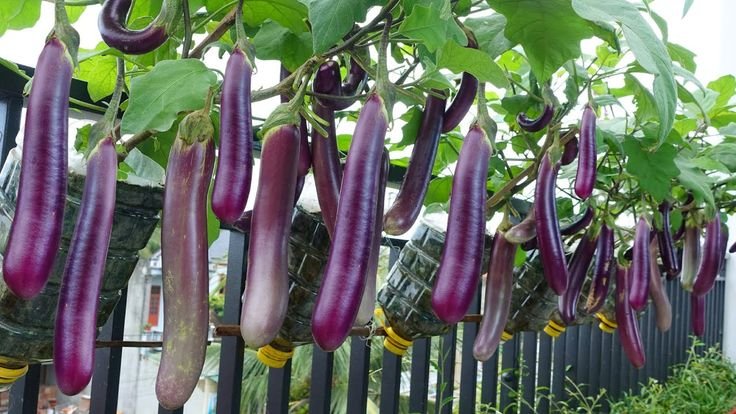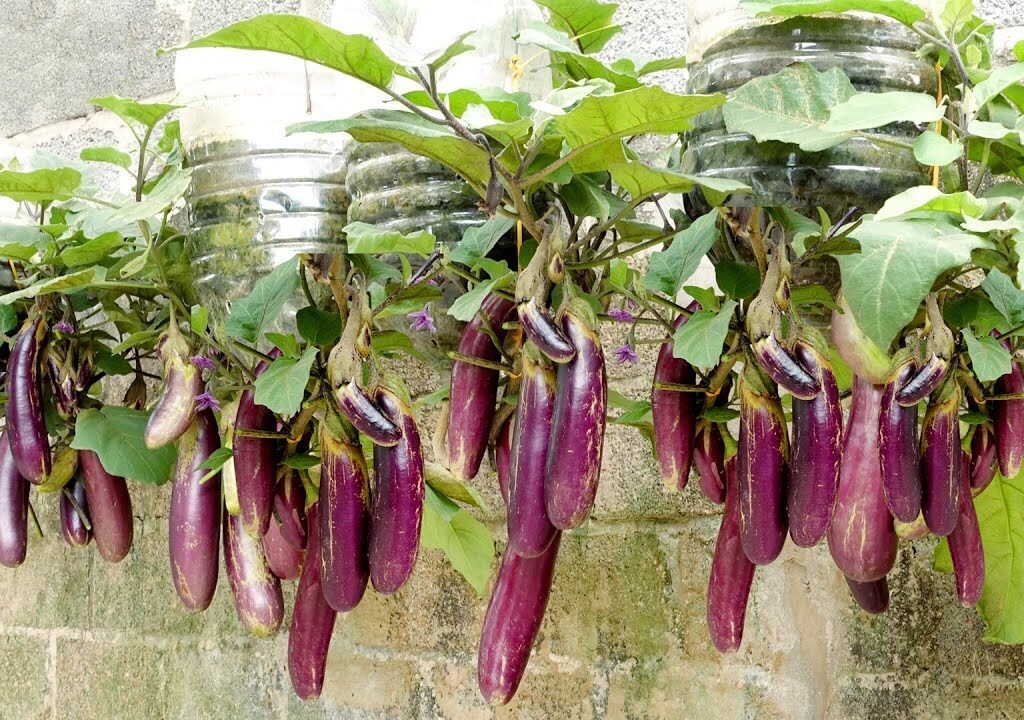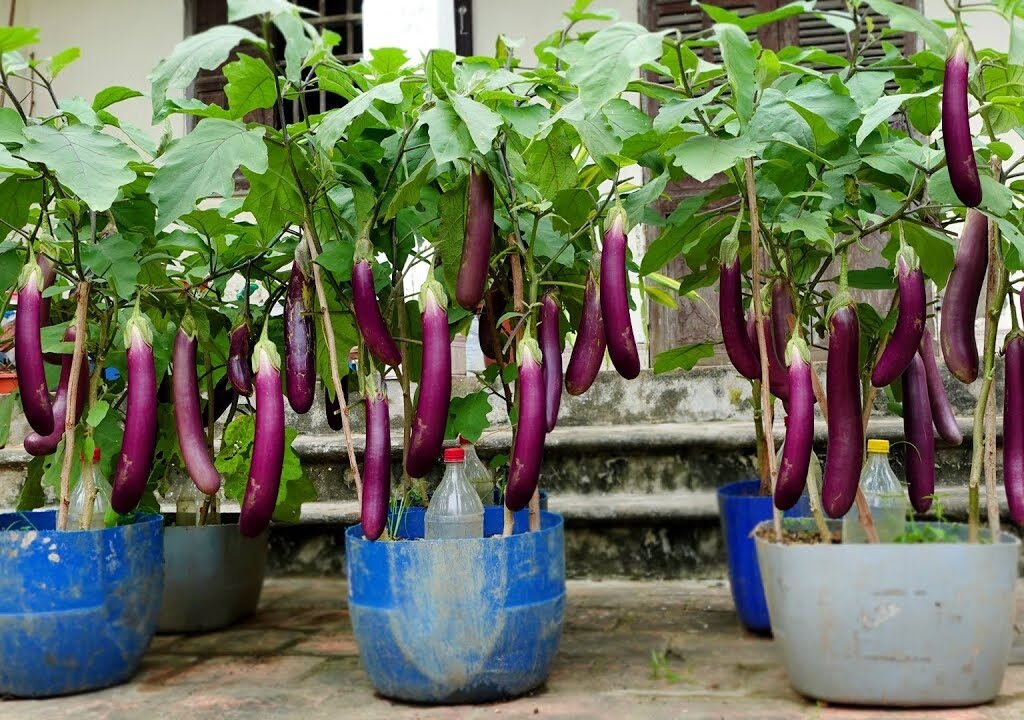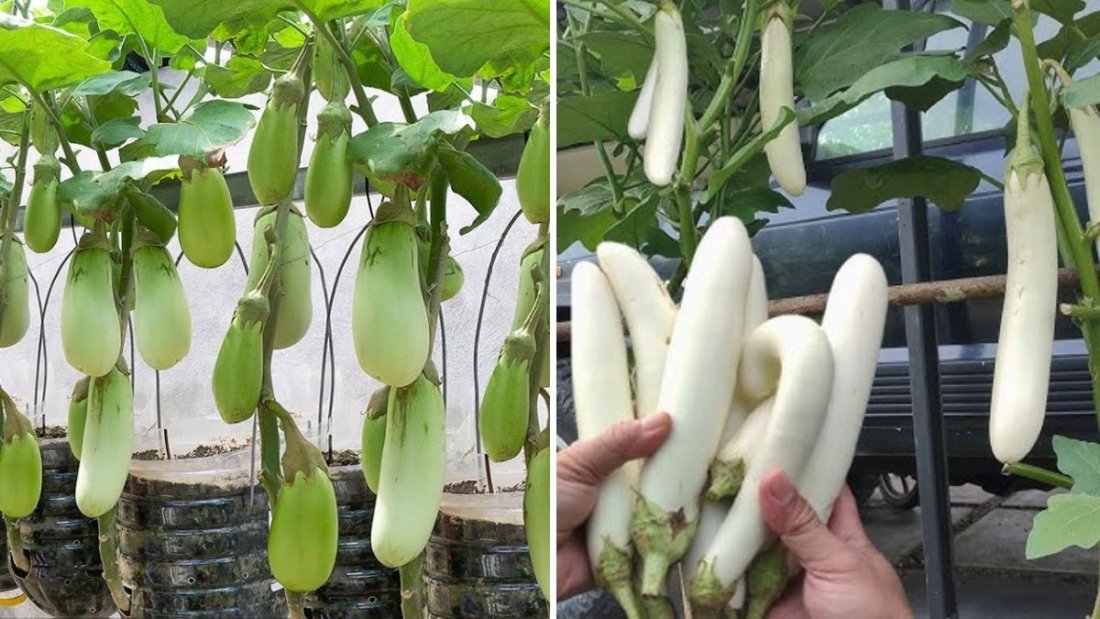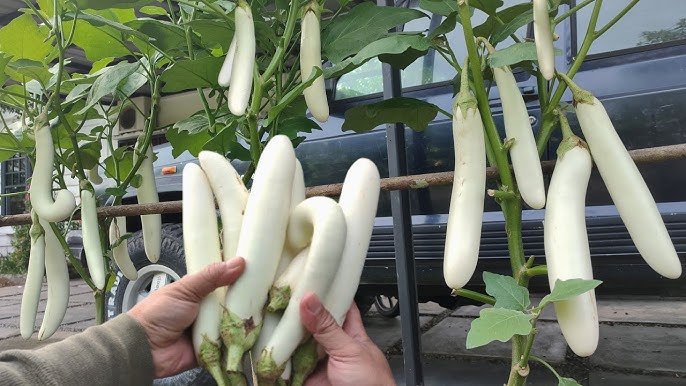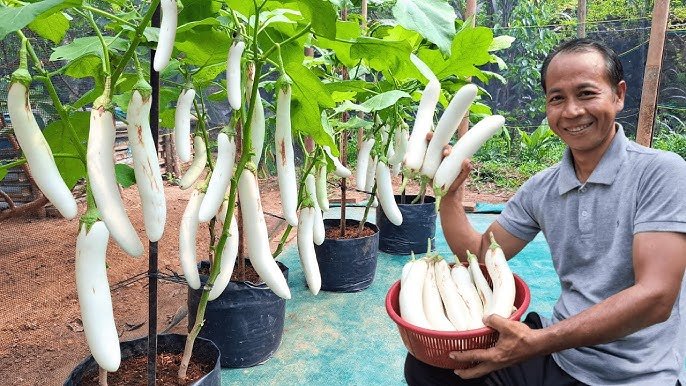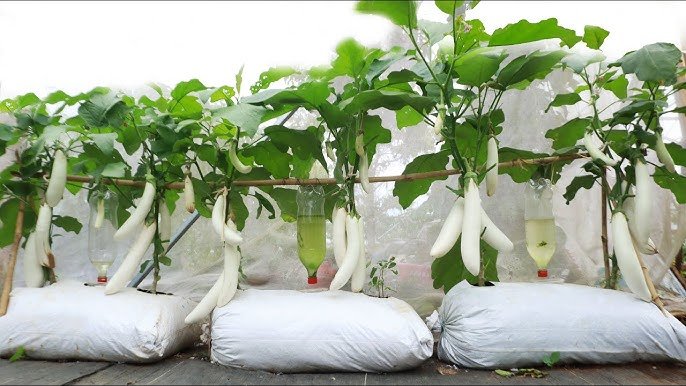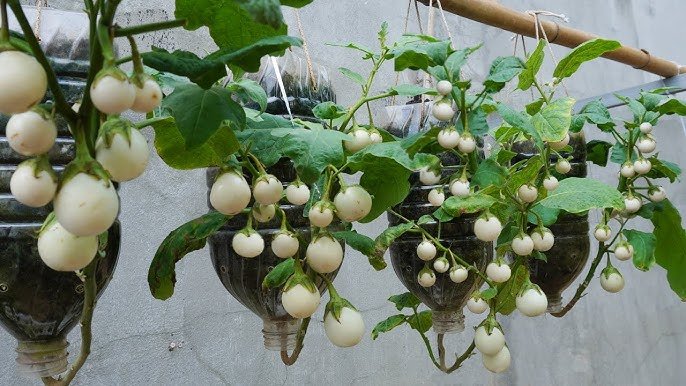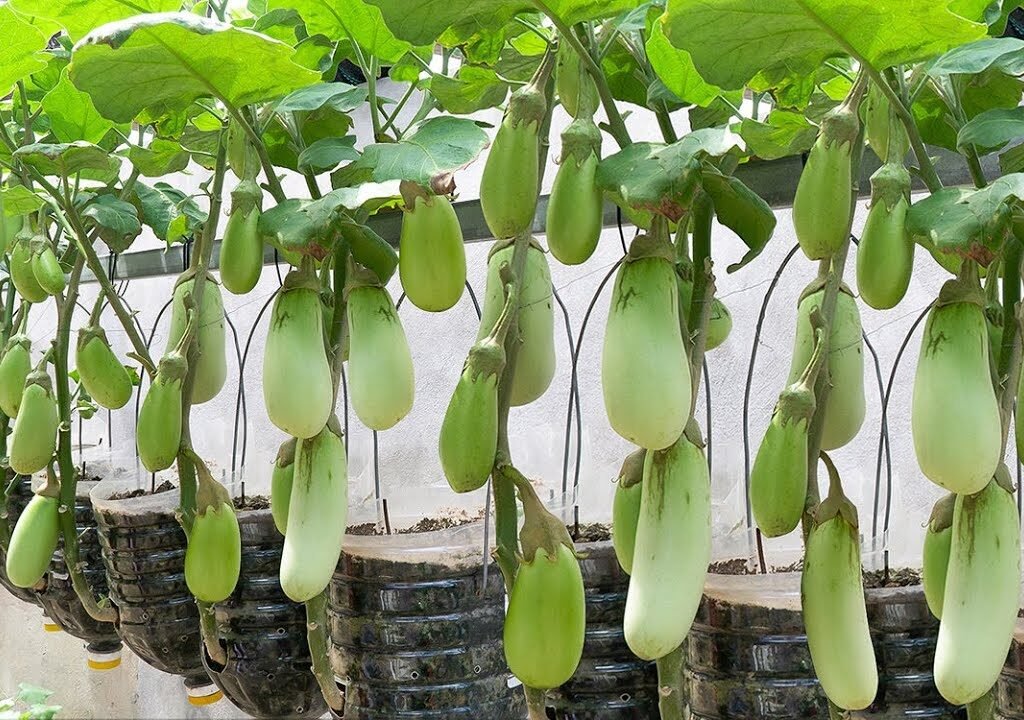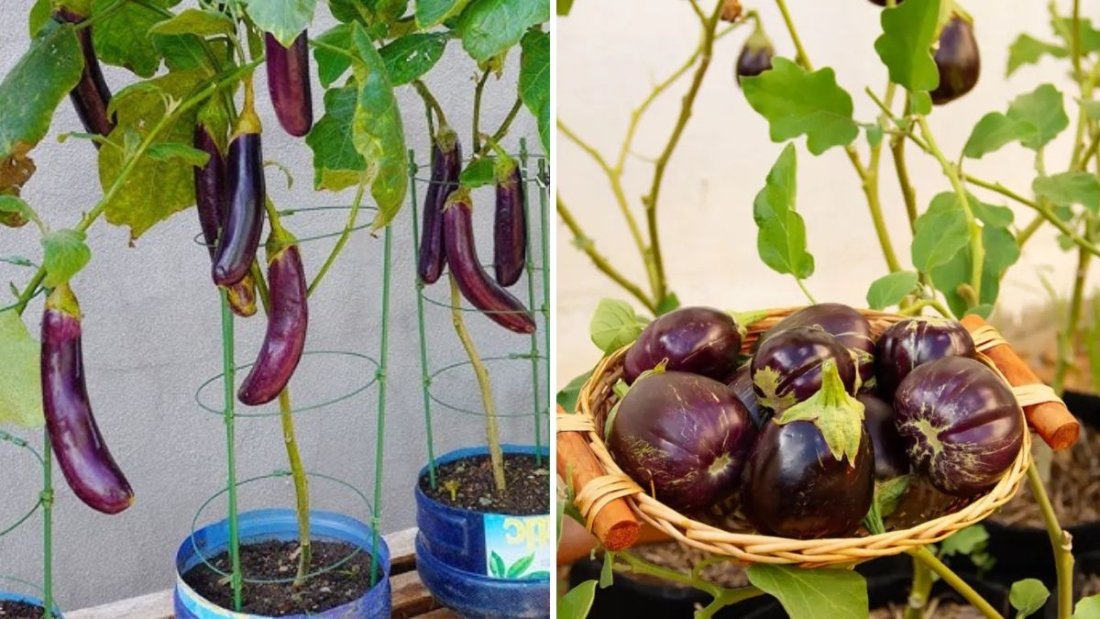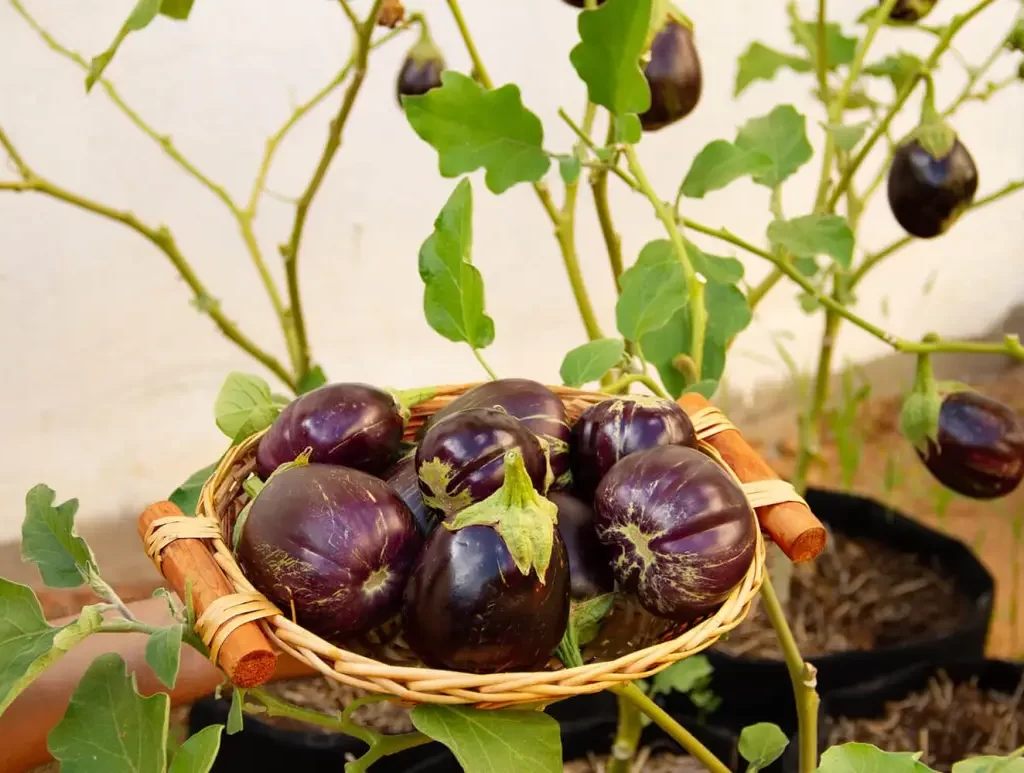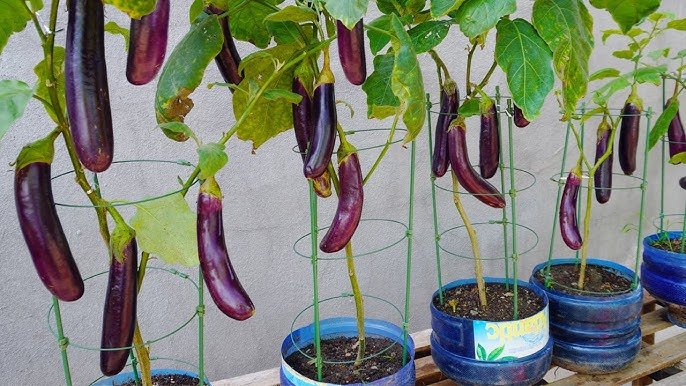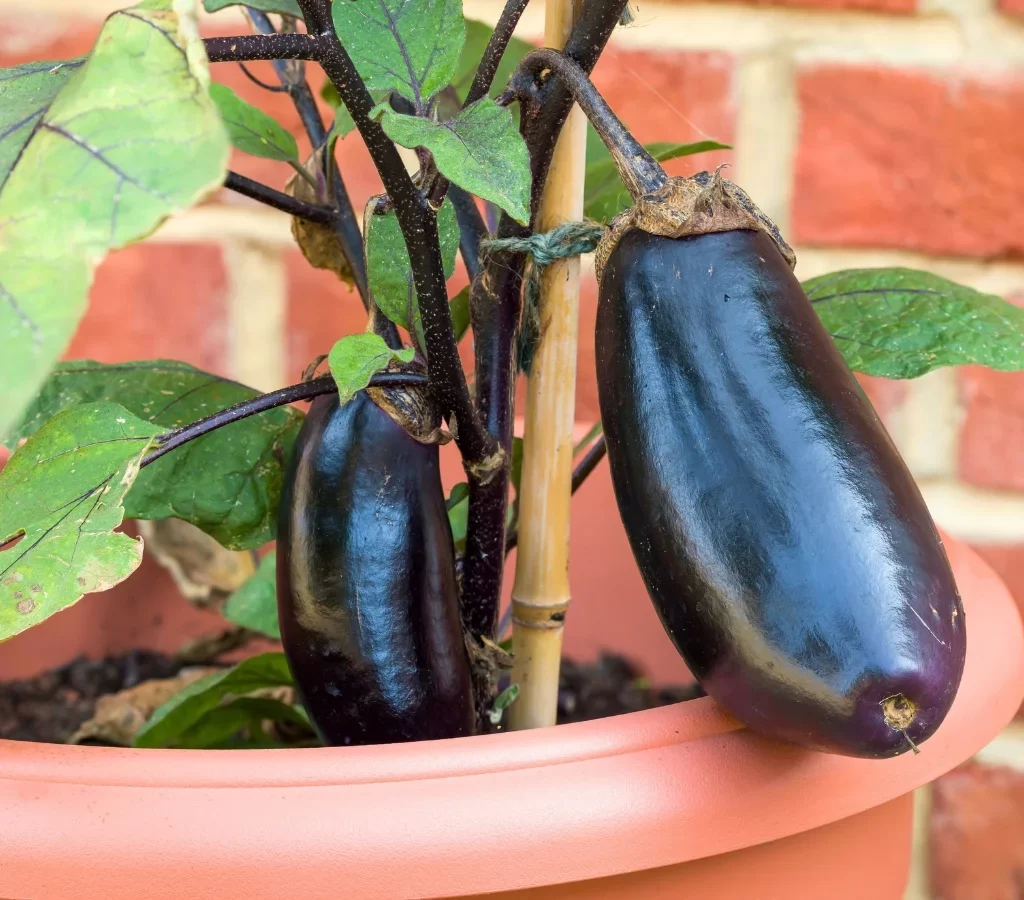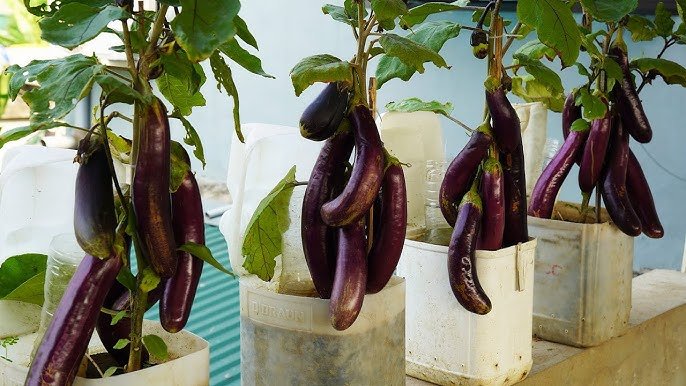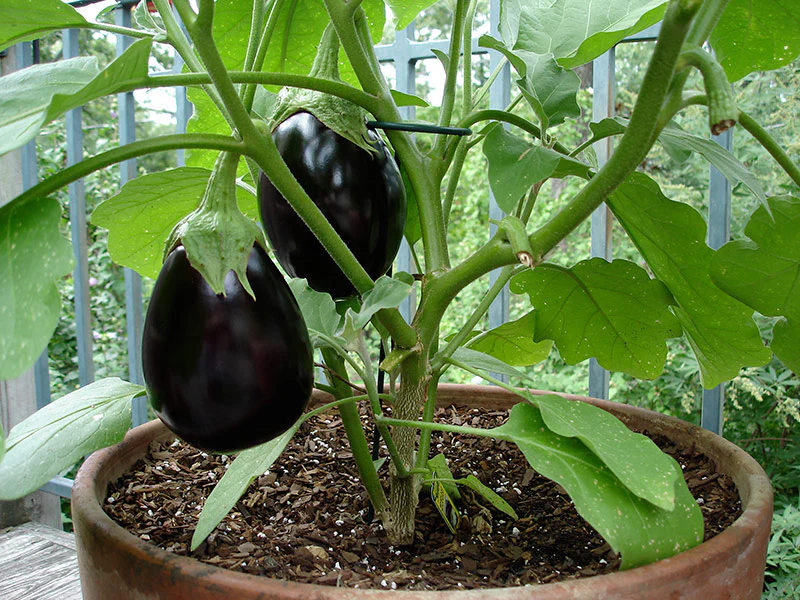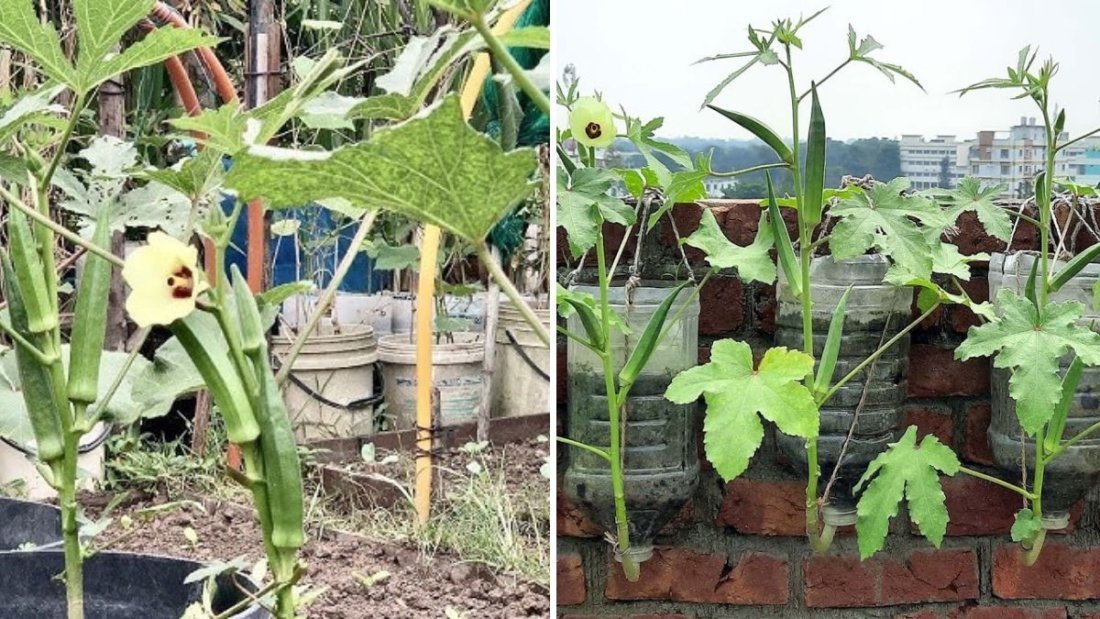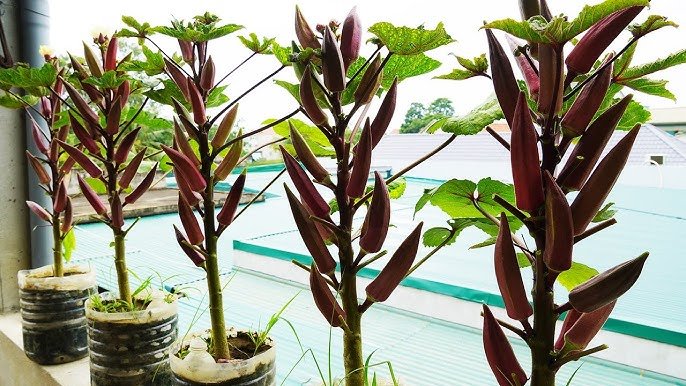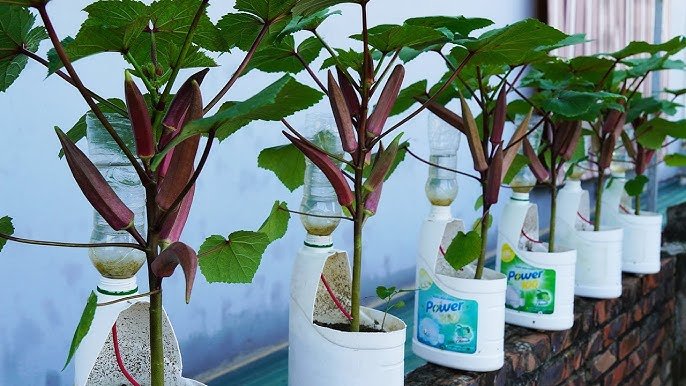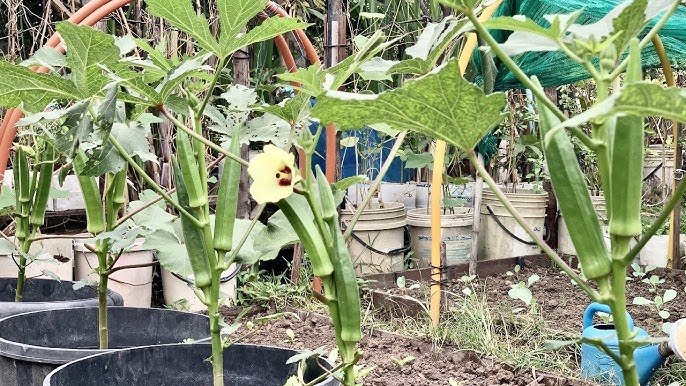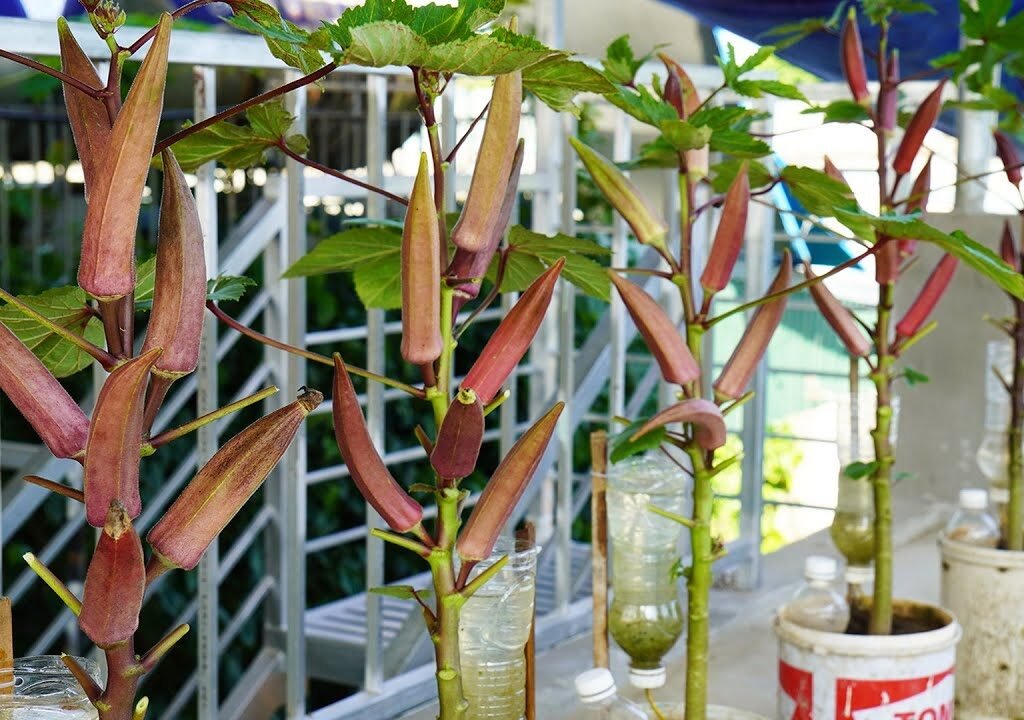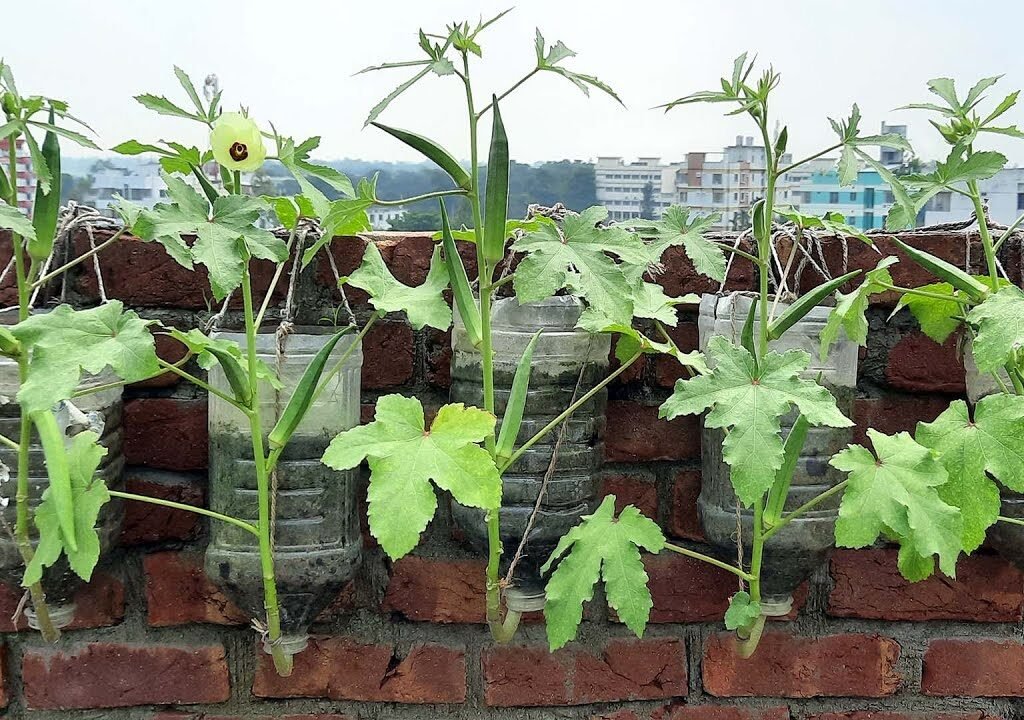Pomegranates are one of the most ancient and prized fruits, celebrated for their vibrant ruby-red seeds, delicious taste, and impressive health benefits. While commonly grown in orchards, pomegranate trees can also thrive in pots and containers, making them perfect for home gardeners with limited space. Growing a pomegranate tree at home allows you to enjoy fresh, juicy fruits while adding beauty and greenery to your balcony, terrace, or garden. In this guide, we’ll walk you through step-by-step instructions on how to grow a pomegranate tree in a pot, from planting to harvesting and ongoing care.
Why Grow Pomegranate in Pots?
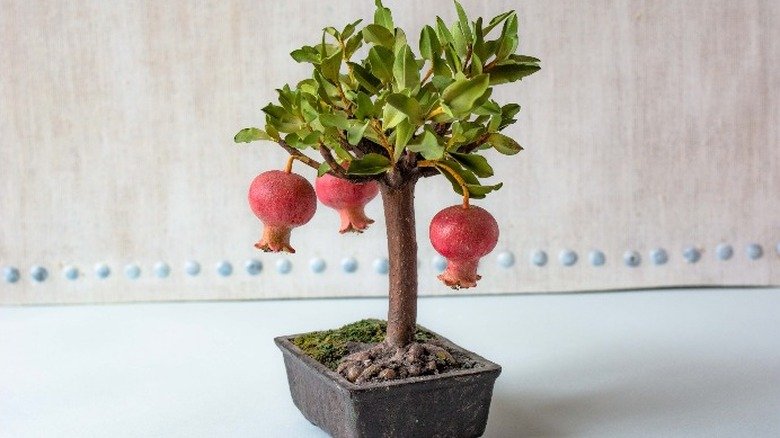
Pomegranate trees are naturally adaptable, drought-tolerant, and ideal for container gardening. Growing them in pots offers several advantages:
- Space-Saving: Perfect for balconies, terraces, or small gardens.
- Portability: Easily move pots to protect plants from extreme weather.
- Freshness: Enjoy chemical-free fruits directly from your tree.
- Cost-Effective: Seeds or saplings are affordable, and one tree can provide years of harvest.
- Aesthetic Value: Pomegranate trees have glossy leaves, beautiful flowers, and colorful fruits that enhance home decor.
Even small spaces can support a thriving pomegranate tree if proper care is taken.
Step 1: Selecting the Right Pomegranate Variety
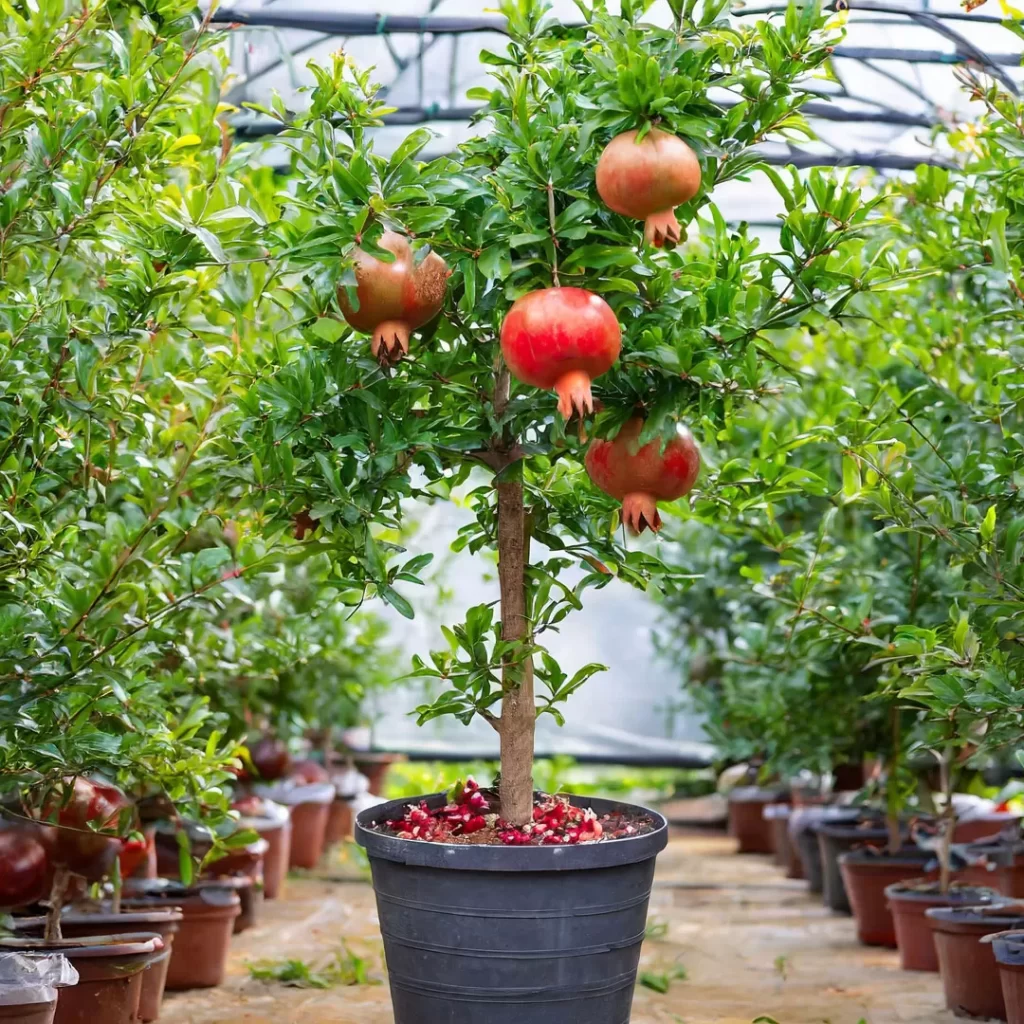
Choosing the right variety is essential for successful container growth:
- Popular Varieties: Some common varieties include Wonderful, Ganesh, Bhagwa, and Red Ruby.
- Dwarf Varieties: Ideal for pots as they remain compact while producing fruits.
- Climate Consideration: Pomegranate trees prefer warm, sunny climates with minimal frost.
Select a variety that suits your taste preference, available space, and local climate.
Step 2: Choosing Seeds or Saplings
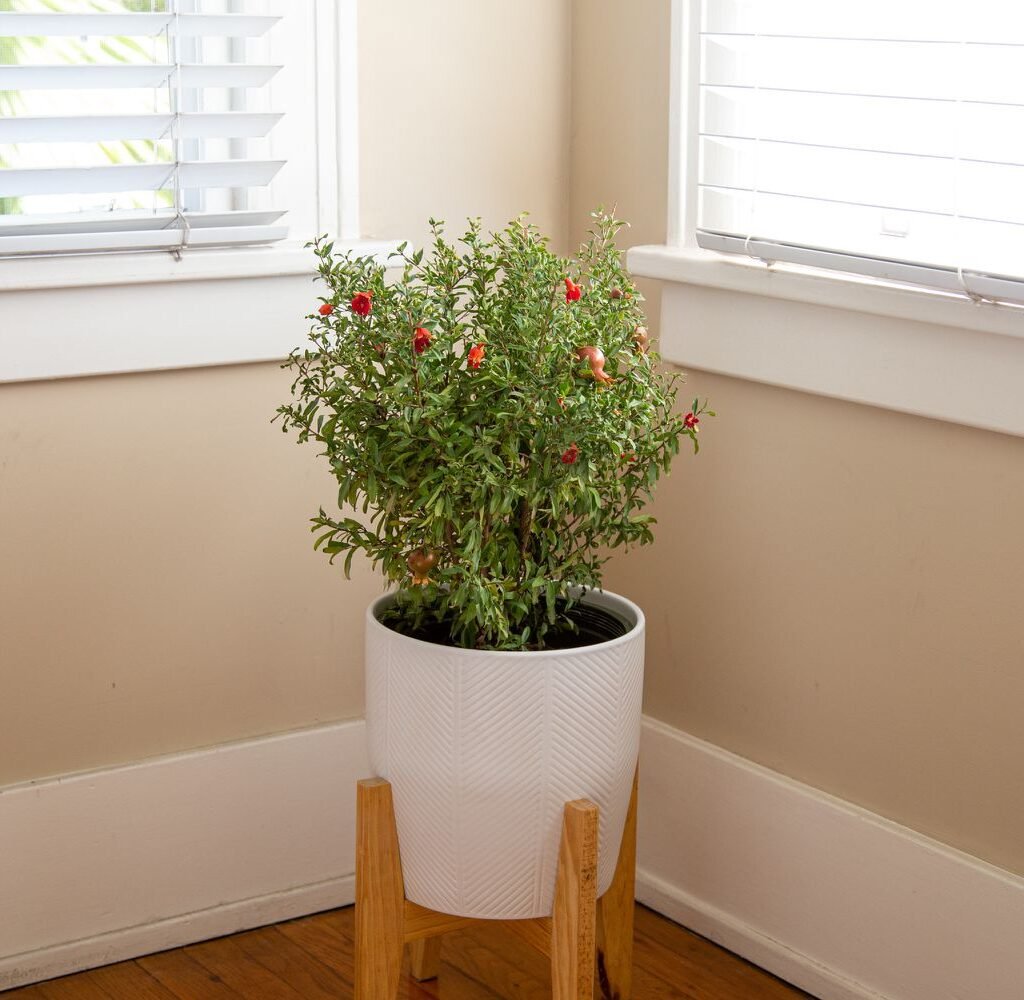
You can start your pomegranate tree either from seeds or young saplings:
- Seeds: Offer a cost-effective option but take longer (2–3 years) to bear fruit.
- Saplings: Purchased from nurseries, these trees start fruiting sooner (usually within 1–2 years).
- Seed Quality: Use fresh seeds from ripe fruits. Avoid old or dried seeds as they may fail to germinate.
Step 3: Preparing Seeds for Planting
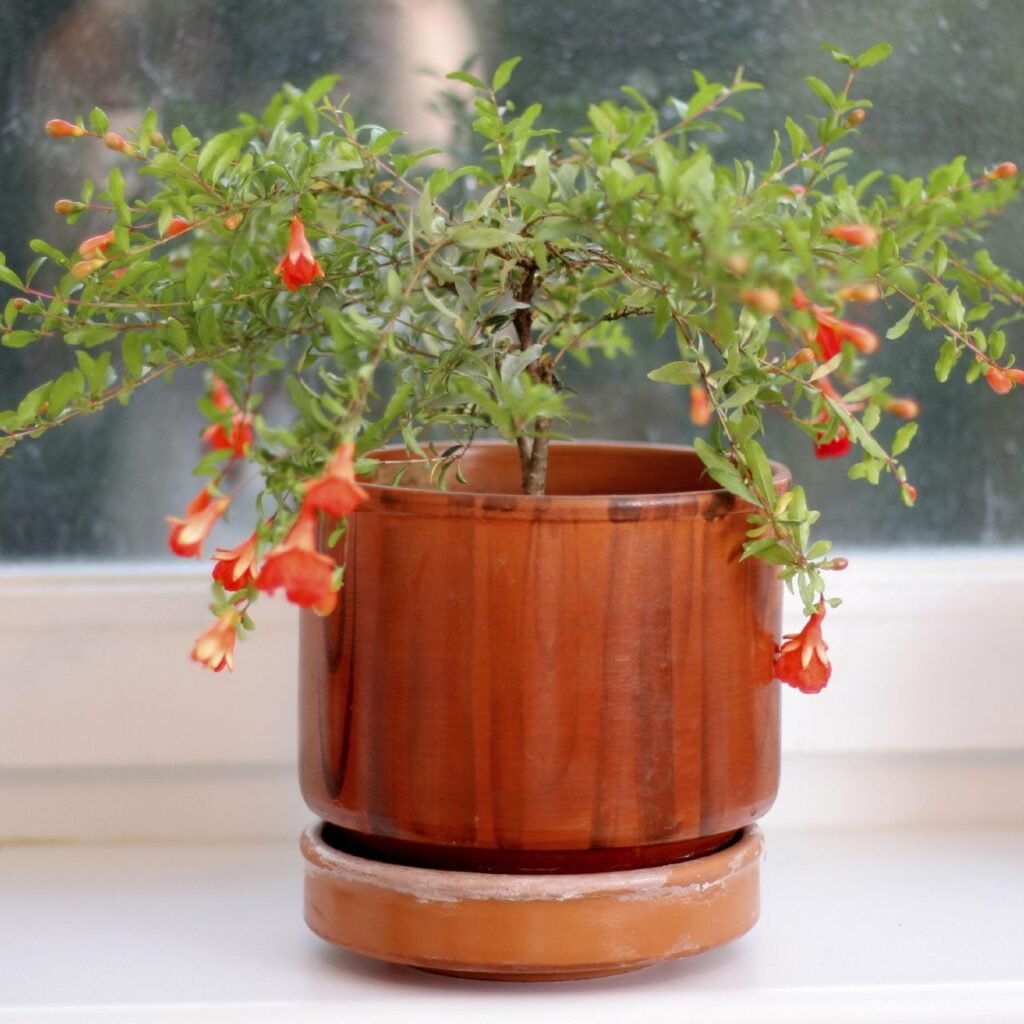
If starting from seeds, proper preparation improves germination rates:
- Cleaning: Remove seeds from the fruit and wash thoroughly to remove pulp.
- Soaking: Soak seeds in lukewarm water for 24 hours to soften the seed coat.
- Scarification (Optional): Lightly scratch the seed coat with sandpaper to encourage water absorption.
Step 4: Selecting the Right Pot and Soil
Container gardening success depends on the right pot and soil:
- Pot Size: Use a pot at least 15–20 inches in diameter for young trees. For mature trees, 20–25 inches is recommended. Ensure the pot has drainage holes.
- Soil: A well-draining soil mix is essential. Combine garden soil, compost, and sand for optimal results.
- Planting Depth: Plant seeds about ½ inch (1–2 cm) deep. For saplings, ensure the root ball sits comfortably in the pot.
Step 5: Planting Pomegranate Seeds or Saplings
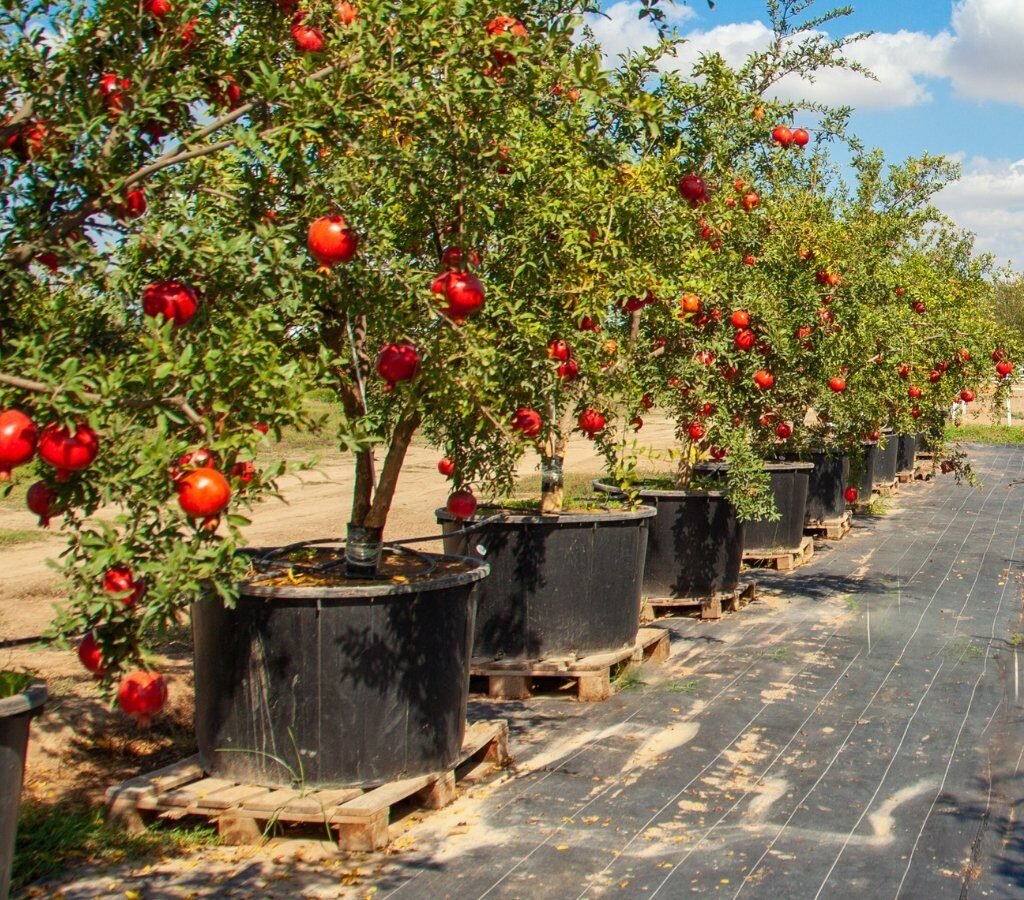
- Seeds: Place seeds in the prepared soil and cover lightly. Keep soil moist.
- Saplings: Carefully remove the sapling from the nursery container, loosen the roots, and plant in the pot.
- Watering: Water gently to settle the soil around the roots. Avoid overwatering to prevent rot.
Step 6: Germination and Early Care
Pomegranate seeds typically germinate within 2–3 weeks:
- Sunlight: Place the pot in a sunny location that receives 6–8 hours of direct sunlight.
- Temperature: Ideal germination occurs between 70–85°F (21–29°C).
- Humidity: Maintain moderate humidity. Cover seedlings with plastic wrap initially to retain moisture, then gradually remove it.
- Watering: Keep soil consistently moist but not soggy.
For saplings, focus on acclimating them to their new pot and ensuring stable growth.
Step 7: Ongoing Care for Pomegranate Trees in Pots
Proper care ensures healthy growth and fruiting:
- Sunlight: Pomegranates need full sunlight for at least 6–8 hours daily.
- Watering: Water deeply once or twice a week, depending on weather and pot size. Reduce watering in winter but keep soil slightly moist.
- Fertilizing: Use a balanced fertilizer every 6–8 weeks during the growing season. Organic compost or well-rotted manure can also be added.
- Pruning: Remove weak, dead, or crowded branches to encourage strong growth and improve air circulation.
- Repotting: Repot the tree every 2–3 years to prevent root-bound conditions and refresh the soil.
Step 8: Flowering and Fruit Development
- Flowering: Pomegranate trees produce bright red flowers in spring, which later turn into fruits.
- Pollination: Bees and other pollinators are vital for fruit set. Hand pollination can help for indoor or isolated plants.
- Fruit Thinning: Remove smaller or damaged fruits to allow remaining ones to grow larger and sweeter.
Patience is important—seed-grown trees may take 2–3 years to bear fruit, while saplings can fruit sooner.
Step 9: Pest and Disease Management
Even container-grown pomegranates may face pests and diseases:
- Common Pests: Aphids, mealybugs, and scale insects.
- Control: Regularly inspect the tree and treat infestations with neem oil or insecticidal soap.
- Diseases: Root rot and fungal infections can occur due to overwatering or poor drainage.
- Prevention: Mulch around the base to retain soil moisture and improve soil health, but avoid piling it against the trunk.
Step 10: Harvesting Pomegranate Fruits
Harvesting at the right time ensures sweet, juicy fruits:
- Maturity: Fruits usually mature 5–7 months after flowering, depending on the variety.
- Color: Look for deep red or pink color on the fruit skin.
- Size and Weight: Ripe fruits feel heavy and firm to the touch.
- Harvesting Method: Use a sharp knife or gently twist the fruit off the branch to avoid damaging the tree.
Tips for Growing Pomegranate Trees in Pots
- Use large, sturdy pots to accommodate root growth.
- Ensure excellent drainage to prevent waterlogging and root rot.
- Protect container plants from frost by moving them indoors or covering them during cold weather.
- Prune roots occasionally to maintain tree size and vigor.
- Rotate pots periodically for even sunlight exposure.
Health Benefits of Pomegranates
Pomegranates are not only delicious but also packed with nutrients:
- Rich in Antioxidants: Helps fight free radicals and inflammation.
- Vitamin C: Boosts immunity and supports skin health.
- Heart Health: May reduce cholesterol and blood pressure.
- Digestive Aid: High fiber content promotes healthy digestion.
- Anti-Aging Benefits: Antioxidants help maintain youthful skin and overall wellness.
Final Thoughts
Growing a pomegranate tree in a pot is a rewarding and enjoyable endeavor. With proper planning, patience, and care, even beginner gardeners can cultivate healthy pomegranate trees that provide fresh, juicy fruits year after year. From selecting the right seeds or saplings to maintaining sunlight, watering, and fertilization, each step in container pomegranate farming contributes to a fruitful and beautiful plant.
Start your container pomegranate journey today, and experience the joy of harvesting your very own sweet, vibrant fruits—right from the comfort of your home. Not only will it enhance your garden or balcony, but it will also promote a healthy and sustainable lifestyle.
